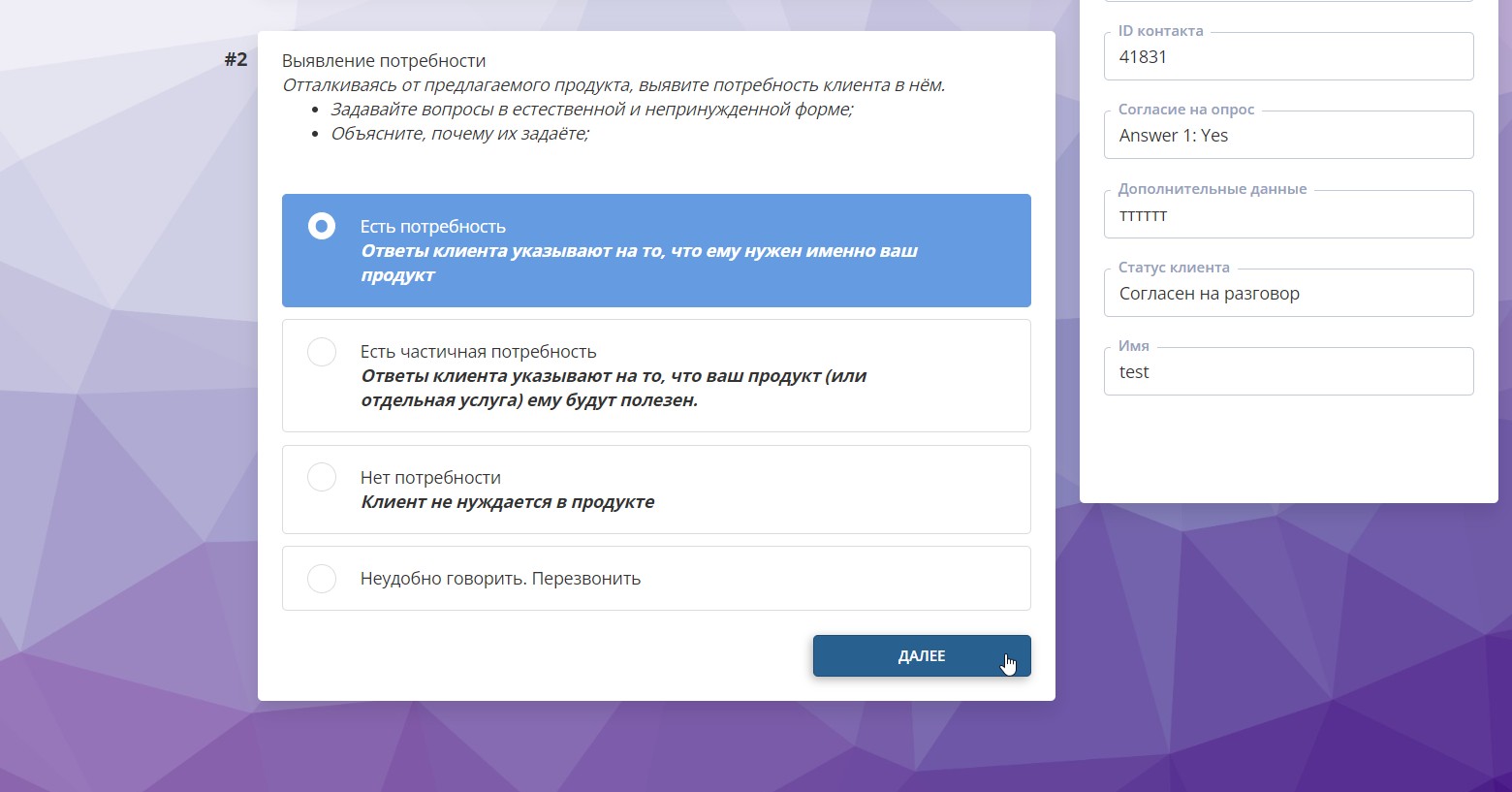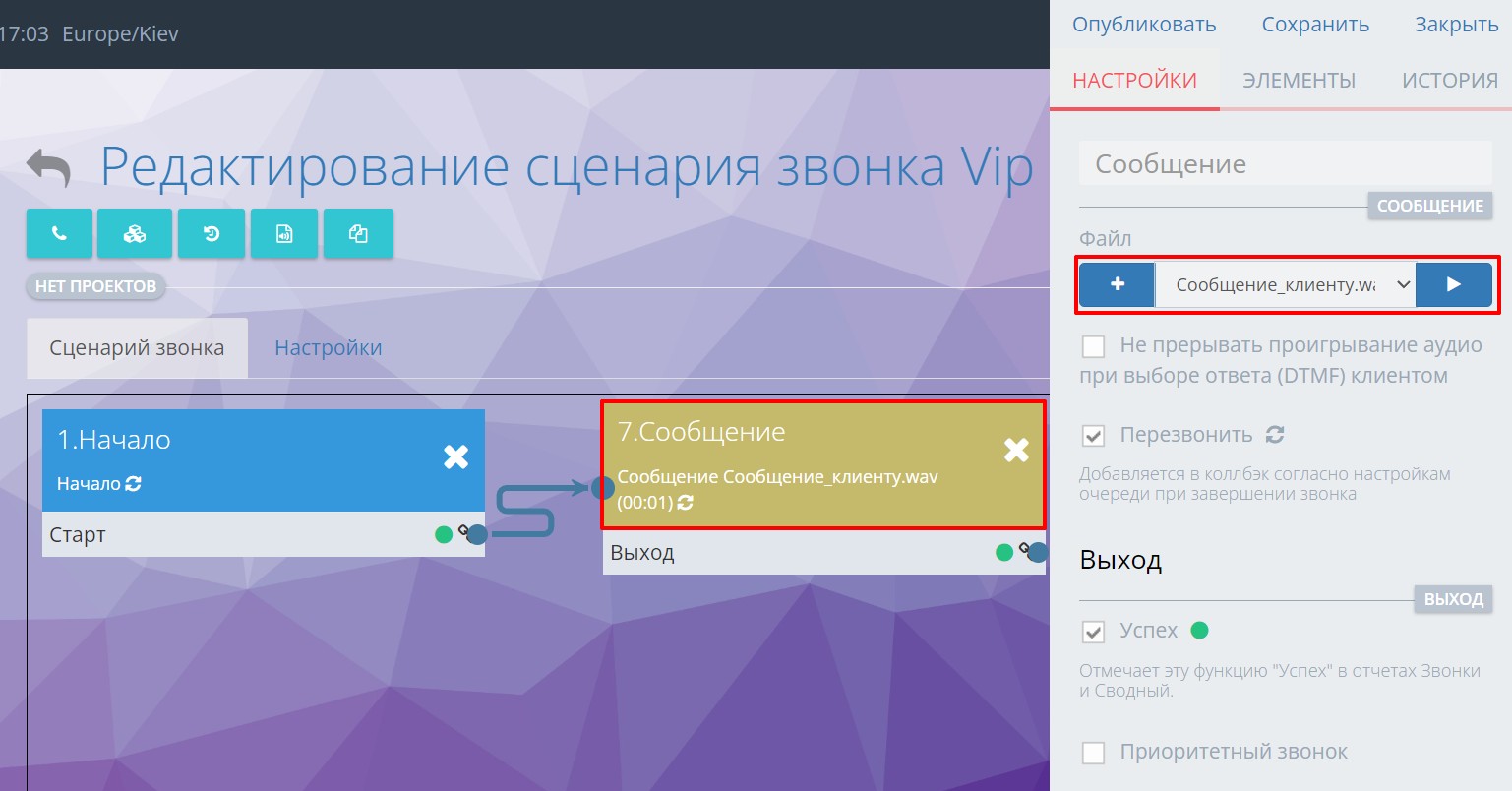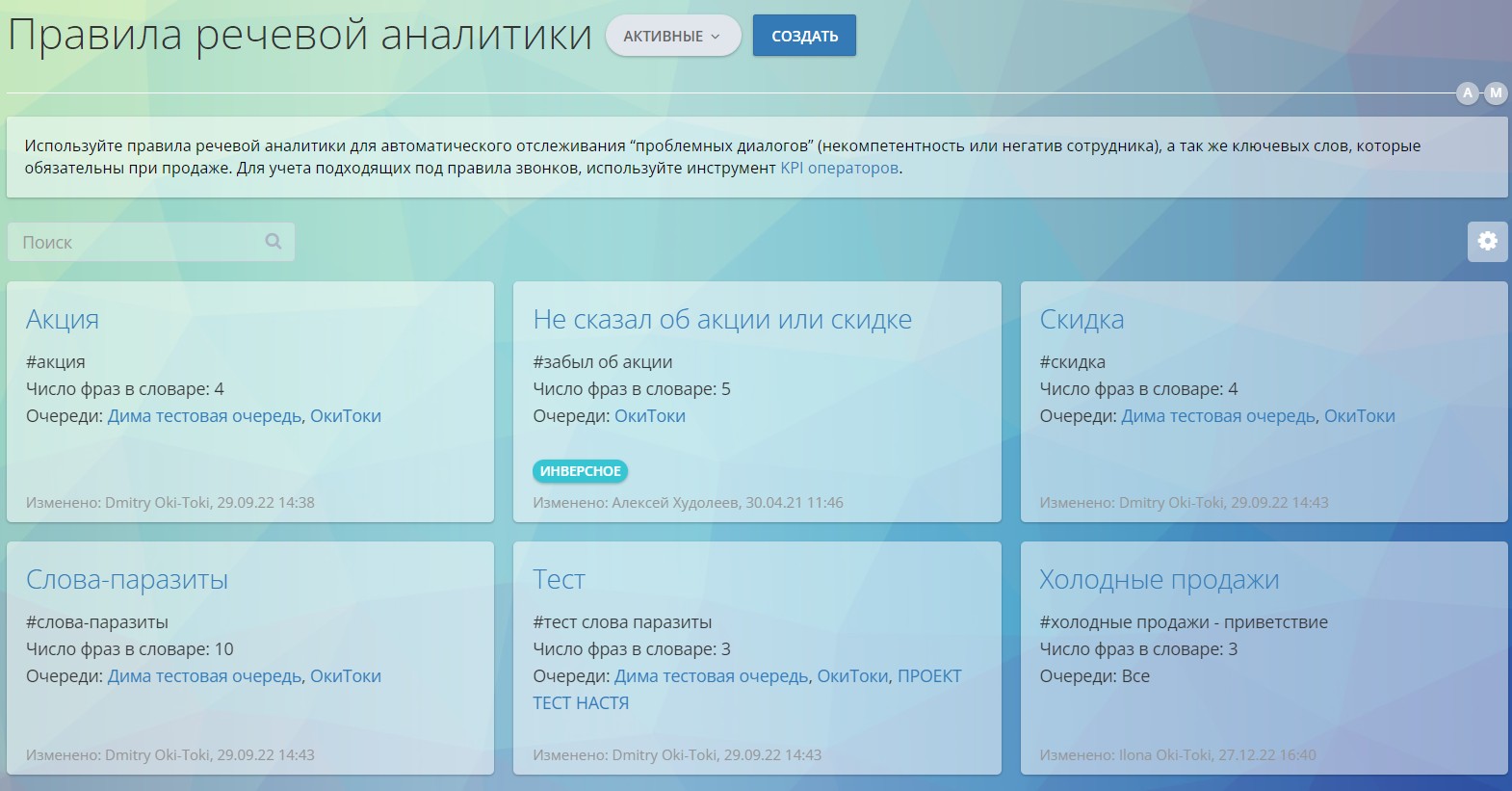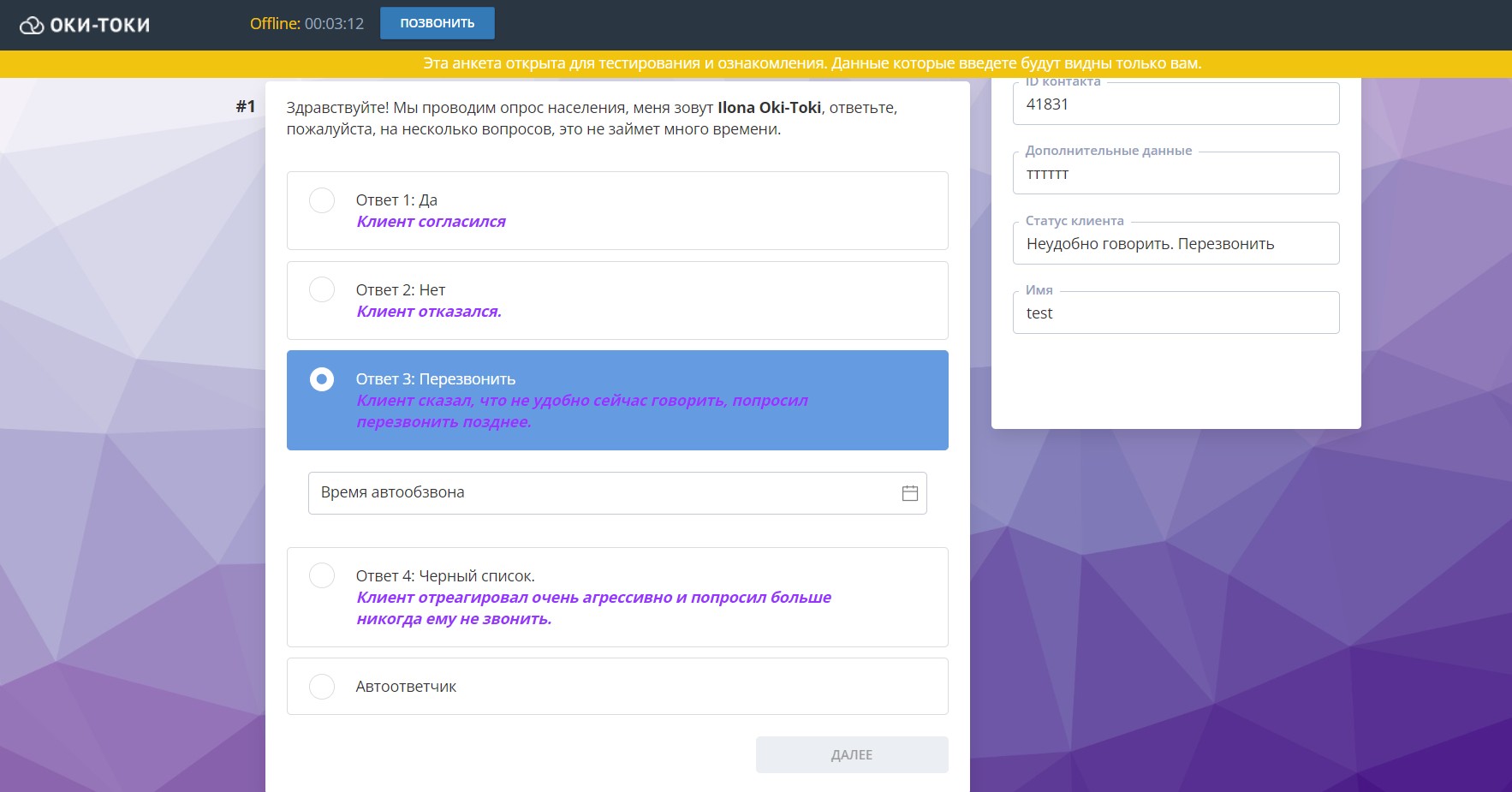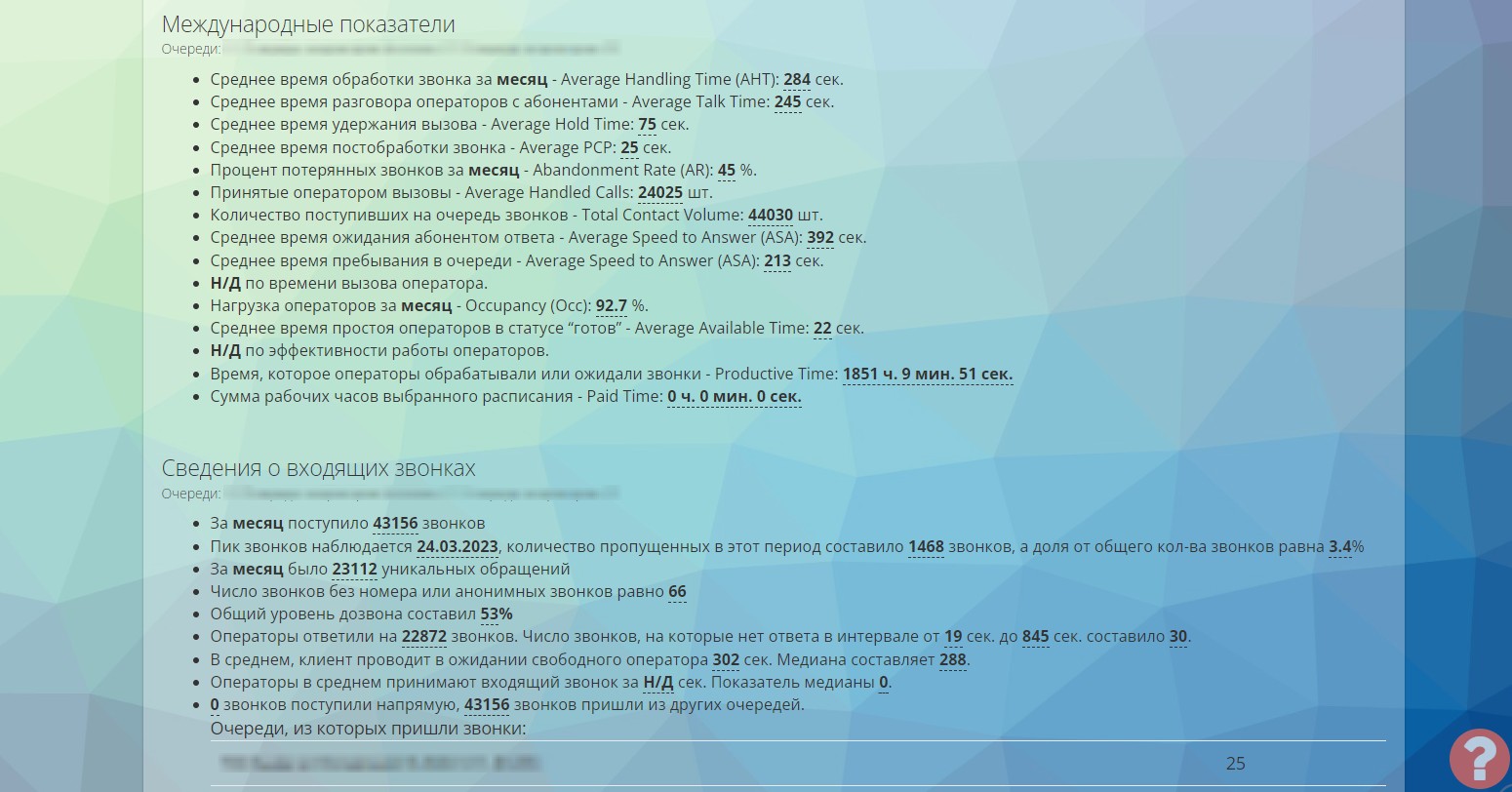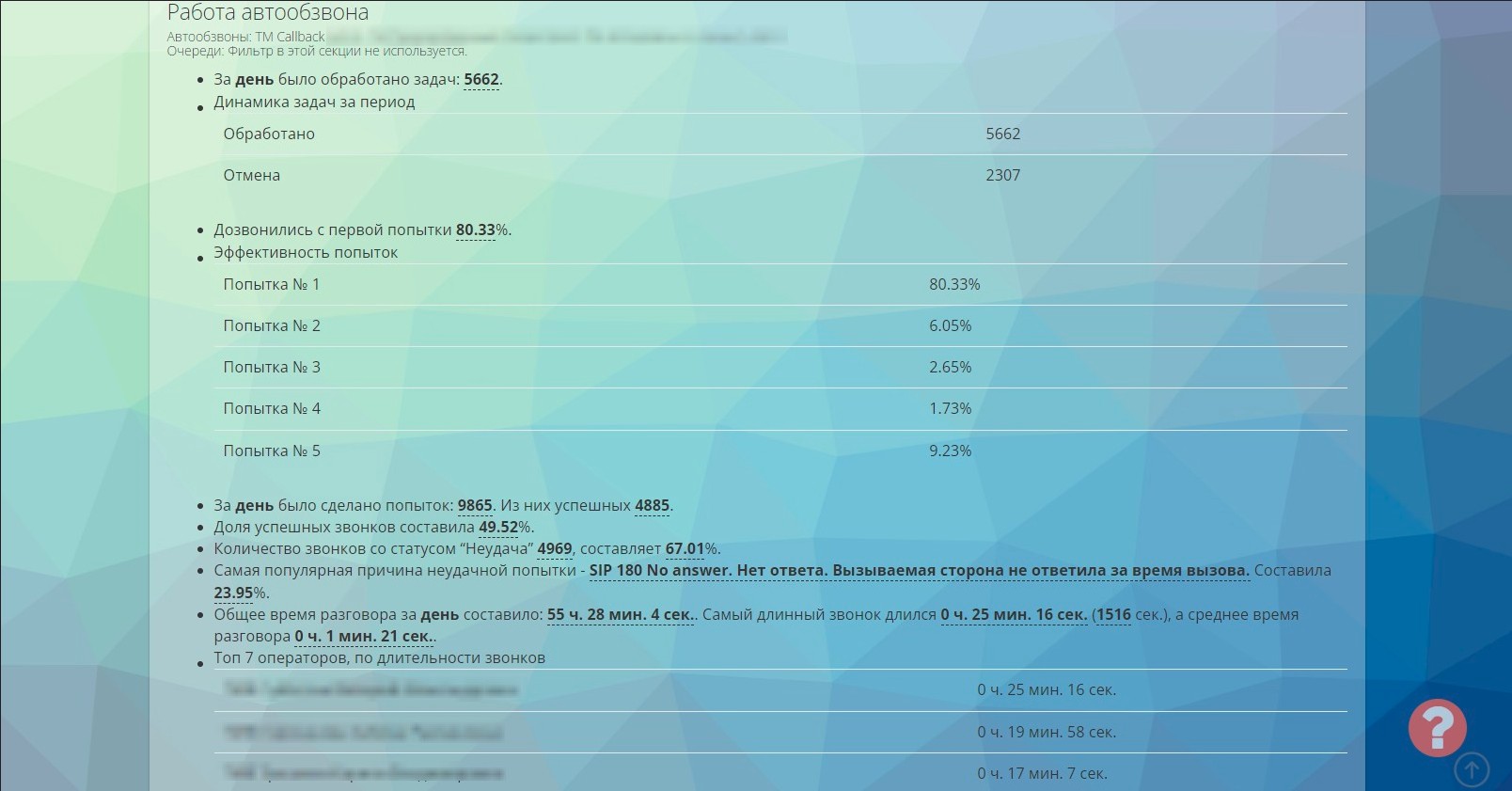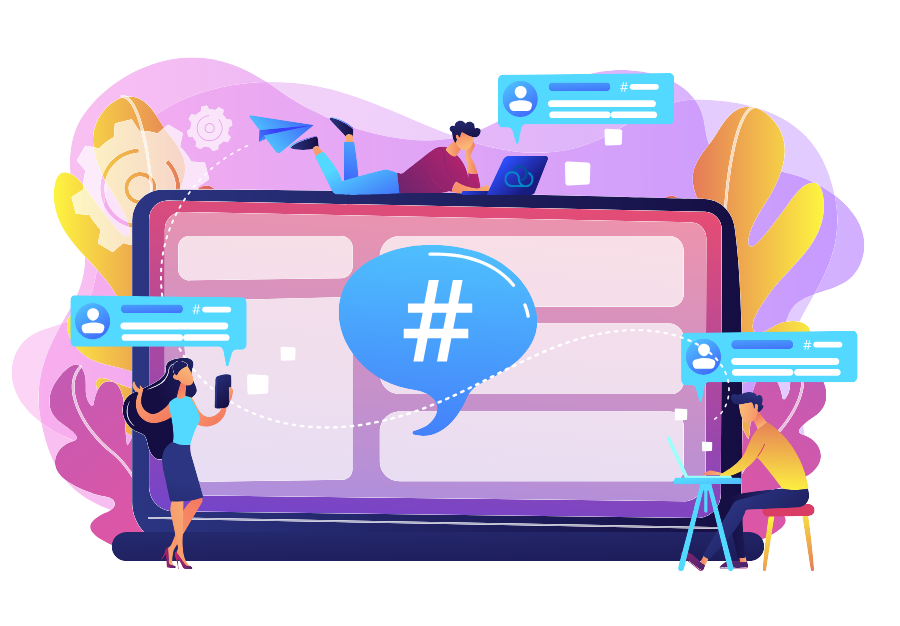Content
1. Cold Sales Definition
2. Importance of Cold Sales in Business
3. Fundamentals of Cold Sales
4. Cold Sales Strategies and Methods
5. Tools and Technologies for Cold Sales
6. Common Pitfalls and Imperative Mistakes in Cold Sales
7. Unlock Success: The Secrets of Winning Cold Sales
- Make Every Pitch Count: Secret to Targeting the Right Audience
- Mastering Relationship Sales: Building Trust and Profitable Relationships
- Sharpening Your Skills: Pathway to Effective Communication
- Be Resilient: Strategies to Manage Objections and Rejections
- Get the Most Out of Cold Calls: Following Specific Scripts or Plans
8. Evaluation and Performance Improvement
9. Best Practices and Cases of Successful Cold Sales
10. Outcomes and Projections of Cold Selling Development
Definition of Cold Sales
Cold selling is the art of sales made without prior acquaintance or customer interest in the product or service. Cold selling requires more effort and time than referral-based sales or those made from pre-collected leads.
Cold selling is typically conducted via outbound calls or email dispatches, aiming to persuade a potential client to purchase a product or service.
One of the key factors determining the success of cold selling is the seller’s focus and the quality of the compiled contact database.
The importance of cold selling for business
Cold selling plays a pivotal role for businesses, especially those in the B2B sector. It’s a selling process where the seller initiates contact with a potential customer who has not expressed interest in the product or service. It’s a key component in building and maintaining a successful business.
Here are a few reasons why cold selling is essential to business:
- Growing customer base
Cold sales enable the expansion of a company’s client base. By seeking out new customers, a company can boost its revenue and profit. Even if an agent doesn’t close a deal as the result of a cold call, they can acquire valuable contacts and information about the company, which may prove beneficial in the future.
- Enhancing sales
Cold sales help improve sales. They allow agents to pinpoint customer needs and interests, as well as garner feedback about their products and services. This enables the agents to fine-tune their approach and refine the company’s products and services.
- Reducing the sales cycle
Cold sales can cut down the sales cycle. When a company initiates contact with a prospective client, it can reduce the waiting time for a response. Moreover, an agent can glean more information about the client and their needs, allowing for a faster decision regarding the deal.
- Enhancing company’s image
Cold sales can boost a company’s image. If the agent performs their job professionally, they can inspire trust and respect in the client. Moreover, if the agent presents the client with an attractive offer, this can evoke a positive attitude towards the company overall.
- Skill Development in Sales
Cold sales can help agents nurture their sales skills. This process requires persistence, patience, and the knack for communication from the agent. Cold sales also necessitate the ability to analyze the needs and interests of clients, propose solutions for their problems, and find ways to overcome objections. Experience in cold sales can significantly enhance sales skills overall, improving the effectiveness of the entire sales team.
However, cold sales can be a complex and time-consuming process. Therefore, to maximize your company’s effectiveness, it’s recommended to use automated call-center and contact-center systems that can help reduce the time spent on initiating contacts, and also optimize the sales process.
The use of high-quality Using a cloud service such as Oki-Toki empowers businesses to rapidly set up and optimize the cold selling process. By leveraging the functional capabilities of the cloud platform, a company can enhance its call center operation, uplift customer service level, and boost sales efficiency.

In conclusion, cold selling is an important element in developing and strengthening a business. They allow you to expand your customer base, improve sales, shorten the sales cycle, improve the company’s image and develop sales skills. Using a quality cloud service can help streamline the cold sales process and improve call center and contact center efficiency.
Cold Selling Basics
Difference between cold and hot selling
Cold and hot sales are two concepts that are often used in call centers and sales departments. Cold sales are sales that are made without first meeting a potential client, while hot sales are sales that are made with customers who have already expressed interest in the product or service.
The difference between cold and hot sales is that with hot sales there is already an established contact with the client and he has a certain interest in the product or service, while cold sales require more active work with the potential client. A potential client may not be aware of the product or service and may not have any interest in it.
In order to make cold sales, a certain amount of work must be done. First you need to find potential customers, then do research and learn about their needs, and then offer them a product or service. It is important to understand that cold sales require more time and resources than hot sales, but with the right approach they can lead to good results.
Hot sales work begins with establishing contact with a customer who has already expressed interest in the product or service. This could be the result of a recommendation from another client, an advertisement, or an online search. The main advantage of hot selling is that there is already an established contact with the client, and his needs and interests are already known. This allows you to immediately offer him the most suitable products or services.
However, during hot sales it is also necessary to be attentive to the client’s needs and be able to communicate correctly with him, so as not to lose his interest. The key point in hot sales is to provide a high level of service so that the client is satisfied and possibly makes a repeat purchase or recommends the product or service to friends and acquaintances.
Use The right methods and techniques for working with both hot and cold sales can significantly improve the efficiency of the call center and increase sales volume.
For example, for cold sales, the “cold calling method can be used“, when a call center operator calls potential clients to find out about their needs and offer their products or services. It is important to correctly formulate questions and be able to listen to the client in order to understand his needs and offer him the most suitable product or service.
For hot sales, the method can be used “Cross-selling”, when the client is offered additional products or services that may be of interest to him, and which complement or improve his initial purchase.
In addition Moreover, an important aspect of working in call centers is using the right approach to communicating with the client. This may include aspects such as empathy, listening, communicating clearly, responding quickly to customer requests and offering solutions to problems.
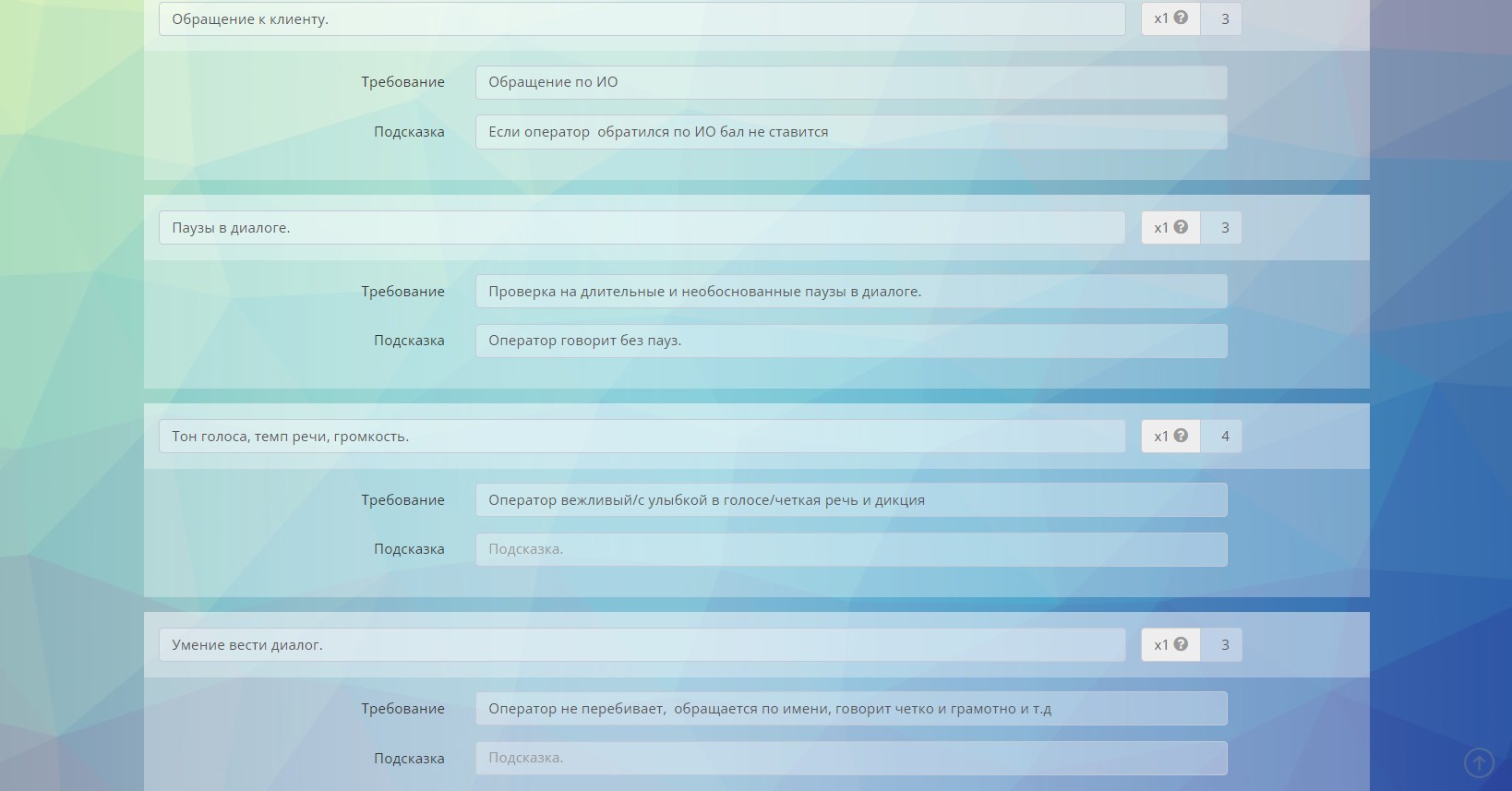
Finally, for call centers and sales departments to operate effectively, it is necessary to use modern technologies and software. For example, cloud services such as Oki-Toki, will automate many processes and increase the efficiency of the call center.
As a result, the difference between cold and hot sales lies in the presence or absence of established contact with the client and his interest in the product or service. To work effectively in call centers and sales departments, it is necessary to use the correct methods and techniques for working with both cold and hot sales, as well as use modern technologies and cloud services to automate processes and improve work efficiency.
Preparing for cold sales: studying the product and audience
Cold calling requires the seller to have high professional training and knowledge of the product he is selling. This is important because it allows you to convincingly convey the benefits of the product to potential customers and form a positive impression on them. Product and audience research is the first step to successful cold selling.
Product research
Before starting cold sales, you need to study the product that you are going to sell. You need to know all its characteristics, features, advantages and disadvantages. At the same time, it is necessary to be able to translate these characteristics and benefits into the client’s language. What benefits will he receive from purchasing the product? What problems will it solve? Answers to these questions will help you formulate convincing arguments in favor of the product and convey them to the client.
For a deeper study of the product, you can use the following tools:
- Product training The company that develops the product usually provides special training materials for its employees. Studying these materials will help you gain a more detailed understanding of the product.
- Product testing. Try the product yourself to understand how it works and what problems it solves. This will help to better understand customer needs and convey the benefits of the product to them.
- Study of competitors. It is necessary to study competitors’ products and their advantages in order to understand how to profitably distinguish your product from the competition.
Audience research
In addition to studying the product, it is also necessary to study the target audience to understand what problems and needs they have. This will help you better choose an approach to each client and create a more effective sales script.
You can use the following tools to study your audience:
- Data analysis. Use data from customers who have already used your product or service to understand what problems they solved with it and what benefits they received. This will help determine which arguments to use in sales.
- Market researchResearch competitors and the market environment to understand what problems your audience faces and what products or services already exist in the market.
- Creating buyer personas. Identify typical representatives of your target audience and create their portraits that describe their problems, needs, characteristics and behavior. This will help you create a more effective sales script that will precisely meet the needs of each client.
Practical tips
- Do not limit your study of the product only to official materials, try to find additional information on the Internet, on forums, blogs, etc.
- Use your personal emotional attachment to the product to better understand customer needs and communicate the benefits of the product to them.
- Don’t forget that Each client is unique and requires individually approach. Do not use standard sales scripts, but adapt them to each client.
- Keep notes about each client and their needs to better understand what problems concern them and what products they might be interested in.
- Train your employees on the product and audience so they can also better understand customers and offer them the most suitable products and services.
Researching the product and audience is an important step in preparing for cold selling . It is necessary to fully understand the product and its benefits, as well as the needs and problems of the target audience. This will help you create a more effective sales script, convincingly convey the benefits of the product to the client and form a positive impression on him. It is also important to use product and audience research tools such as training materials, product testing, competitor research, data analysis, market research and creating buyer personas.
When preparing for cold sales, it is necessary to take into account the individual needs and problems of each client, and also adapt the sales script to their needs. It is also important to keep records of customers and their needs, educate employees on the product and audience, and use personal emotional attachment to the product.
In general, proper preparation for cold weather Sales will be helped to create a convincing and effective sales script that will meet the needs of clients and increase the likelihood of a successful sale.
Overcoming the fear of failure
Cold selling is a challenge even for the most experienced professionals in the field sales One of the most common problems is fear of failure. However, if you apply the right techniques, you can significantly increase the likelihood of a successful deal.
- Focus on the benefits
Focus on what the customer will get from your product or service, and not on what he might lose. Customers do not always buy products out of necessity; they may also be interested in their benefits and convenience. If you can demonstrate that your product or service can truly improve a customer’s life, then it can make your sale more successful.
- Use feedback
During cold sales, you should be prepared for failure. However, instead of viewing it as a failure, use it as an opportunity to improve your sales skills. Ask the customer why they are declining and use that information to improve your approach to the next sale. Feedback will help you better understand customer needs and make better offers.
- Find a common language
Customers trust more those who speak their language. Try to find common interests and topics that your customers might be interested in and use them in your sales efforts. This will help you establish better contact with the client and increase the likelihood of a successful sale.
- Use Social Proof
Social proof is an indicator that other people already trust your product or service. Use positive reviews and recommendations from customers to demonstrate to new customers that they are not the only ones who have already chosen your product or service. This will help reduce the fear of failure and increase confidence in your product.
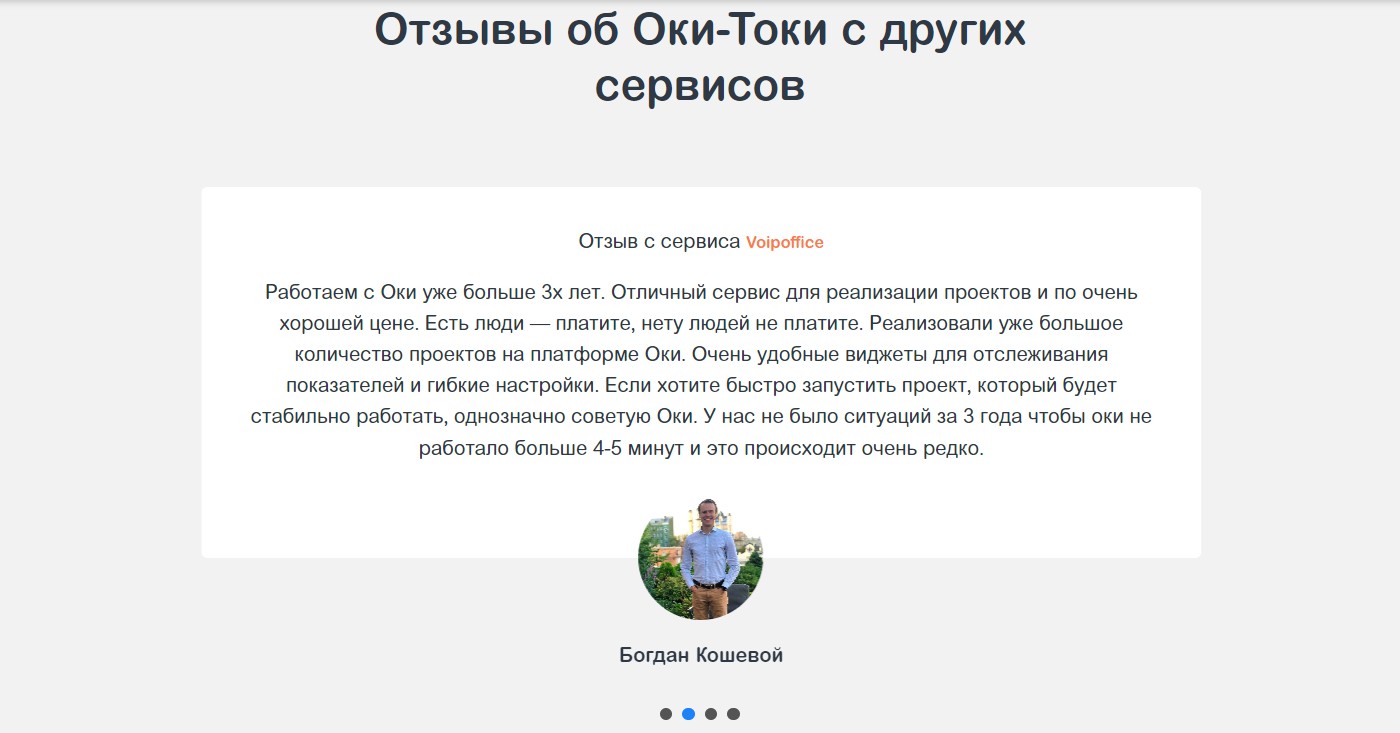
- Explain the process
Explain to customers exactly how the purchasing process occurs . This will help clients feel more confident and reassure them that they are making the right decision. At the same time, remember to be available to answer questions and help in any way necessary so that clients feel confident throughout the entire process purchase process.
- Put yourself in the client’s shoes
Try to put yourself in the client’s shoes and understand what might make him doubt a purchase. This will help you better understand the client and overcome his fears and doubts. For example, you can ask yourself to ask questions that a customer might have during the purchasing process and prepare answers to them in advance.
- Prepare for refusal
Do not forget that refusals are an integral part of cold selling. Prepare for them in advance and don’t take them personally. Try to look at rejection as an opportunity to improve your sales approach and learn more about customer needs.
In conclusion, overcoming the fear of rejection in cold selling is possible. if you use the right techniques and approaches. The keys are to focus on benefits, use feedback, find common ground with customers, use social proof, explain the process and put yourself in the customer’s shoes. Remember that rejections are an integral part of the sales process, and use them to improve your skills and approaches.
Cold Selling Strategies and Techniques
Cold calling: principles and most successful approaches
Cold calling is not easy a task for any call center, because it is necessary to interest a client who was not expecting your call and, most likely, is not familiar with your company. To increase your chances of success, you should adhere to certain principles and use the most successful approaches.
Here are a few tips to help improve the effectiveness of your cold calling center:
- Preparation. A cold call must be well prepared. Before calling, you need to study information about the client in order to understand what services and products may interest him. You should also prepare for possible questions that may arise during the conversation.
- First impression. The first seconds of a conversation are very important. It’s worth making sure your voice sounds friendly and confident. You must introduce yourself and state the name of the company. You should express your gratitude to the client for taking the time to talk.
- Formulate a goal. The purpose of the call should be clear and understandable to the client. It is worth describing the benefits and opportunities that your company provides. It is important to pay attention to the client’s needs and offer a solution that will be most suitable.
- Active ListeningAn important aspect of cold calling is active listening. It’s worth asking open-ended questions to get more information about the client and his needs. It is necessary to listen carefully and record the client’s responses in order to offer the best solution.
- Proposal Once you understand the client’s needs, you need to offer them a solution. It is worth describing the benefits and opportunities that your company provides and explaining how your offer will help the client solve his problems or meet his needs.
- ClosingThe closing of the call should be friendly and confident. It is worth thanking the clientfor the time he found to talk, and asking if he has any additional questions. If the client is interested in your offer, then you can invite him to go to the next stage – order a product or service.
In addition, there are several additional approaches that help make cold calling more successful.
The first approachis the use of technological tools, such as CRM systems, whichallow you to store and analyze customer information. This is allows you to customize calls to the needs of the client and work more effectively with the base of potential clients.
The second approach is the use of neuro-linguistic programming techniques ( NLP). NLP helps to understand the client’s language, his desires and needs, as well as establish better communication with him.
The third approach – use SPIN sales method. SPIN selling is a sales method that is based on understanding the client’s problems and needs. First, the situation (S), the problem (P), the consequences (I), and the potential benefits (N) of solving the problem are identified. This approach helps the salesperson better understand the customer’s needs and offer the best solution.
In conclusion, cold calling is an important tool in sales. To make them more successful, you need to adhere to certain principles and use the most effective approaches. Technology tools, NLP and the SPIN sales method can help increase the effectiveness of cold calls and achieve greater sales success.
Cold emails (e- mail): principles and most successful approaches
Cold letters (e-mail) are an effective way to attract new customers and increase sales in call centers and contact centers. However, for such letters to be truly effective, certain principles must be followed and the most successful approaches must be used. In this block we will look at these principles and approaches in more detail.
Principles of writing cold letters:
- Target audience. It is necessary to determine who a letter will be sent and what problems they may have.
- Contents. It is necessary to choose the right words to arouse the interest of a potential client and convince him of the need for a product or service.
- Tone of the letter. The letter should be written in a friendly but professional manner so as not to alienate the client.
- Heading .The title of the letter should be bright and attractive to arouse the client’s interest.
- Brevity. The letter should be brief and informative so as not to bore the client with unnecessary information.
- Conclusion. The letter should have a good ending, such as an invitation to a meeting or a product demo.
The most successful approaches to writing cold emails:
- Personalization.The letter should be written personally for each client in order to create the impression of an individual approach.
- Uniqueness. The letter must contain unique information and an offer that will interest the client.
- Problem-solution .The letter should contain information about how the product or service can solve the client’s problem.
- Benefit. The letter should highlight the benefit that the client will receive if he buys the product or service.
- Cases. Cases from real practice will help show how a product or service can be useful for other clients.
- Tracking. It is necessary to monitor how clients react to letters and analyze the results in order to improve and optimize the strategy for writing cold letters.
It is important to remember that cold letters are only one of the methods of attracting customers and increasing call sales -centers and contact centers. It is important to use an integrated approach and combine various communication channels, such as calls, chats, social networks, etc.
The following are specific examples of cases from real practice that can help in writing effective cold letters:
- Case of the sales department of the company “ALL” The target audience was medium and large companies that sell products through retail chains. The main problem was that they spent a lot of time on product development and production, but forgot about promotion and sales. The cold letter emphasized that the ALL company could help them with this by offering comprehensive solutions for promoting products and increasing sales.
- Case of the sales department of the company “Any”.Target audience – small and a medium-sized business that sells goods in online stores. The main problem was that they spent a lot of time manually processing orders and managing the warehouse. The cold letter emphasized that “Any” can help them with this by offering software to automate these processes and increase operational efficiency.
- Case of the sales department of the company “Cool”.Target audience – companies that sell professional equipment. The main problem was that many clients did not know that the “Cool” company offers a full cycle of services – from design to installation and configuration of equipment. The cold letter emphasized that the “Cool” company could help them with this by offering comprehensive solutions for professional installation and configuration of equipment.
Using these approaches and principles in writing cold letters can significantly increase their effectiveness and increase the number of completed deals. It is important to remember that in order to get the most out of cold emails, you need to constantly improve and optimize their content and structure, as well as analyze the results and conduct A/B testing.
In addition, it is important to follow the rules of SEO optimization so that cold emails can quickly and easily be found in search results. To do this, you can use keywords and phrases that are most often used in search queries.
In conclusion, cold emails can be a very effective tool for attracting new customers and increase sales in call centers and contact centers by following certain principles and using the most successful approaches. It is necessary to constantly improve and optimize the content and structure of letters, as well as monitor SEO optimization rules and analyze the results in order to achieve maximum efficiency.
Cold meetings: principles and most successful approaches
Cold meetings In-person sales can be one of the most effective ways to connect with potential clients, but they can be difficult to conduct, especially if you have no experience working with such clients. In this block we will look at the basic principles and most successful approaches to conducting cold meetings in person.
- Create a list of potential clients
Before you start working with potential clients, you need to create a list of which will list their names, contact details and other necessary information. This will allow you to customize and manage your sales process more efficiently. There are many tools for creating and managing customer lists, including CRM systems.
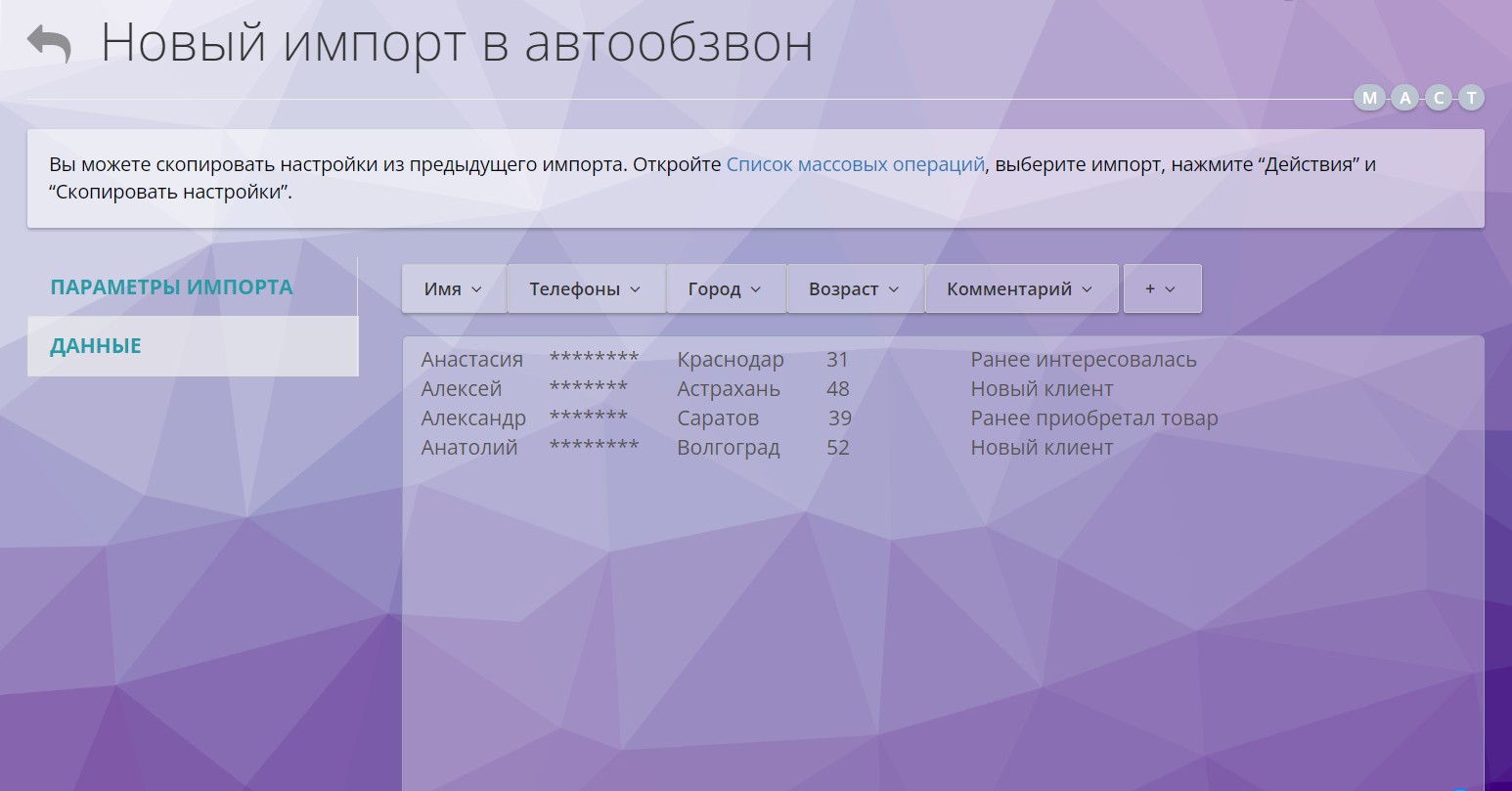
- Prepare for the meeting
Preparing for the meeting with potential client – this is an important stage that determines the success or failure of the meeting. Study information about the client, determine his needs and interests, prepare questions and answers to possible questions from the client. Remember that a successful meeting depends not only on how well you prepare, but also on how well you present yourself and your company.
- Choose a suitable location and time
Choosing the place and time of the meeting is also an important step that can affect the success of the meeting. Make sure the location and time chosen are convenient for the client. If you invite a client to your offices, make sure they are clean and tidy. If you are going to a meeting with a client, make sure you know how to get there and how long it will take.
- Find a common language
To successfully conduct a meeting with a potential client , you need to find a common language. Find out about his interests and needs, ask his opinion about your company and offers. This will help you understand what products and services may be suitable for the client and how you can offer them most effectively.
- Be confident and professional
When meeting with a potential client, it is important show confidence and professionalism. Treat the client with respect and demonstrate your expertise in your field. Remember that customers will evaluate not only the products and services you offer, but also your attitude towards them.
- Offer a solution to the client’s problem
During a meeting with a potential client, try understand what problems he has and offer a solution that can help him solve them. Highlight the benefits of your product or service and explain how it can help the customer achieve their goals. Don’t forget that customers are looking not only for products and services, but also for solutions to their problems.
- Leave a mark in the client’s memory
After completing a meeting with a potential client, do not forget to send him a letter thanking him for his time and interest in your company. This will allow you to leave a mark in the client’s memory and increase the chances of further cooperation. You can also send additional information about your company, products and services so that the client can take a look at it on their own time.
Cold meetings in person can be challenging process, but with the right approach and preparation they can become one of the most effective selling tools. It is important to remember that each client is unique and requires an individual approach. Remember to be professional, respectful, and constantly working to improve your selling skills.
Using Social Media for Cold Selling: Principles and Most Successful Approaches
Social networks are a powerful cold selling tool that can attract a large number of potential clients. However, to successfully usesocial networks for cold sales, it is necessary to follow certain principles and the most successful approaches.
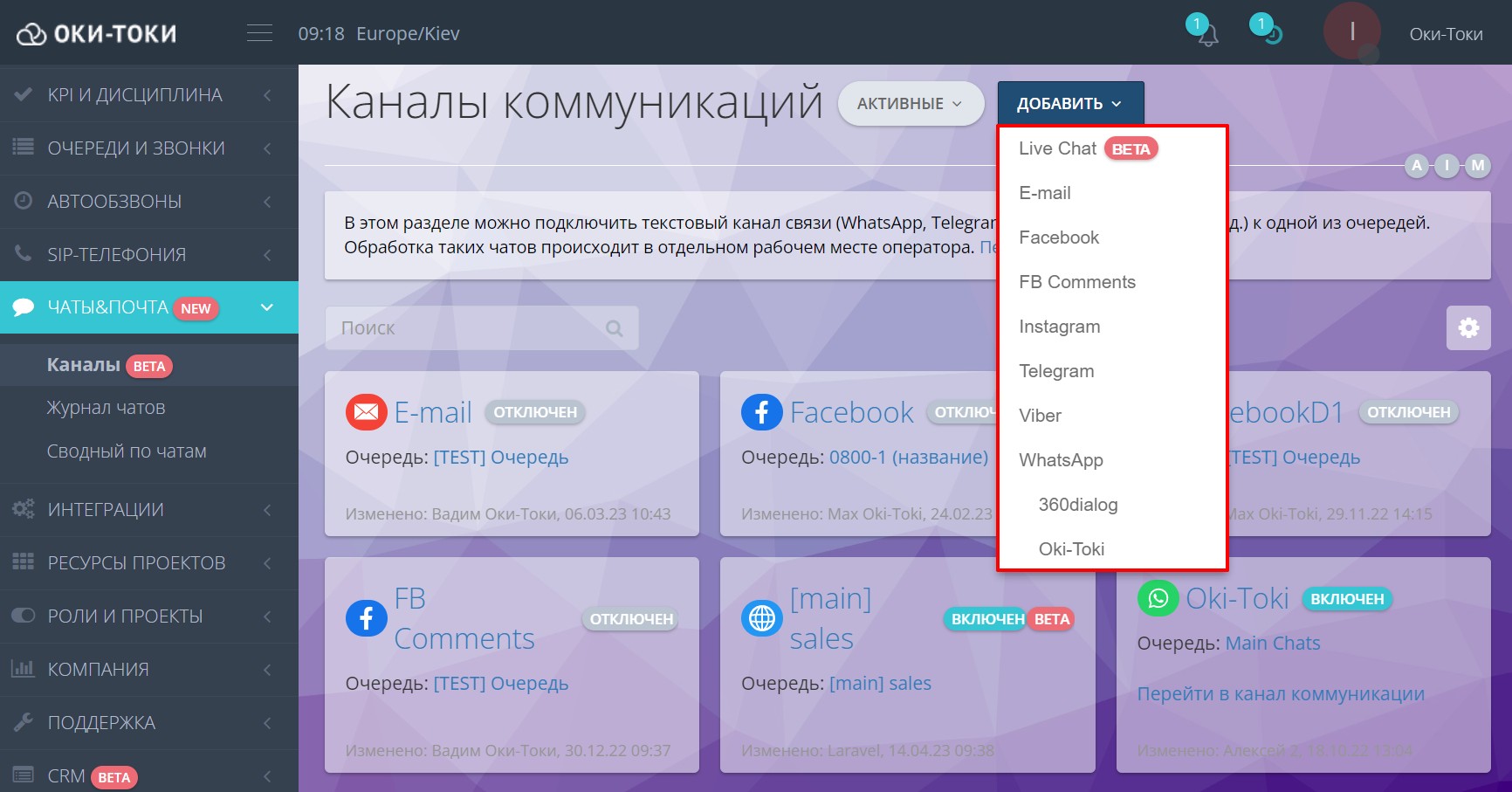
- Identify your target audience and select appropriate social networks. Not all social networks are suitable for sales. For example, LinkedIn is well suited for the B2B market, while Instagram is better suited for the B2C market. Therefore, to avoid wasting time and resources, it is important to choose social networks that are most suitable for your target audience.
- Create attractive content that will make your target audience pay attention.Your content should be interesting, understandable and informative. For example, you can create a video review of a product, an instructional article, or share your experience on a blog.
- Actively work with your subscribers.Answer their questions, comments and messages. This will help establish contact and trust between you and your potential clients.
- Remember about social advertisingAdvertising campaigns on social networks can be very effective. You can set up targeted advertising to your target audience to increase sales efficiency.
- Use social media monitoring to track and respond to reviews.Monitoring will help you find out what people are saying about your company on social media and what problems they have your clients. This will help you respond quickly and offer solutions.
- Use analytics to measure the effectiveness of your sales on social networks.Analytics let you know how many sales were made, how much was spent on advertising, how many people visited your site and other useful information . This will help you understand which approaches work and which don’t, and optimize your social selling strategy.
Examples of successful use of social networks for cold sales:
- Salesforce uses Twitter to promote their services and products.They created a unique hashtag #SalesforceOhana and regularly publish content related to this hashtag. This helps them connect with their target audience and attract new customers.
- HubSpot uses LinkedIn to promote their services and products.They have created a unique LinkedIn account that is focused on their target audience. They regularly publish content related to marketing, sales and business, which helps them connect with their target audience and attract new customers.
- Airbnb uses Instagram to promote its services and products.They created a unique Instagram account , which is aimed at travelers and publishes beautiful photos from different parts of the world. This helps them connect with their target audience and attract new customers.
Using social media for cold selling can be very effective if you follow certain principles and the most successful approaches. Don’t forget that you should create engaging content, engage with your followers, use social advertising and monitoring, and use analytics to measure the effectiveness of your social media sales.
Cold Selling at Events and Conferences: Principles and Most Successful Approaches
Cold selling at events and conferences is an effective way to attract new customers and increase sales for call centers and contact centers. However, to successfully sell at events, you need to follow several principles and use the most effective approaches.
Principles of cold selling at events and conferences:
- Prepare in advance for the eventStudy the list of participants and determine the target audience for your company. Develop sales scripts and presentation skills that will help you sell your products and services.
- Approach each event participant individually. Try to establish contact with the potential client, ask him questions about his business and needs in order to understand how your the company can help him solve his problems.
- Don’t forget about the importance of negotiations. Try to find out what specifically interests your potential client and on what terms he is ready to cooperate with you.
- Take breaks. Leave a little time to communicate with event participants and maintain relationships with existing clients.
The most successful approaches to cold selling on events and conferences:
- The first impression is the key. Pay attention to your clothes, tune in be positive and smile.
- Bring with you enough information about your company and products. Design beautiful brochures, flyers and presentations that are easy to read and contain clear information.
- Don’t forget to analyze your results.Keep track of the number of sales and contacts you made at the event to understand how effective your approach is.
- Be persistent, but do not impose your products and services.If you see that a potential client is not interested in your offer, do not insist on sale. Instead, keep in touch and continue communication, perhaps in the future he can become your client.
An example of successful implementation of cold selling at an event:
XYZ Company decided to take part in a major conference that was taking place in their city. They prepared in advance, studied the list of participants and determined that their target audience was medium and large companies operating in the field of information technology.
XYZ Company has developed beautiful booklets and flyers with information about their products and services. They also prepared a presentation, which they showed to the event participants at their stand.
Throughout the entire conference, XYZ company employees established contact with the event participants and asked questions about their business and needs. They used sales scripts and presentation skills to sell their products and services.
As a result, XYZ Company won several contracts with new clients and received many positive reviews from conference participants. Thanks to a well-thought-out approach and preparation, XYZ Company was able to effectively conduct cold sales at the event and gain new clients for its business.
Tools and Technologies for cold selling
CRM-systems and their role in the sales organization
CRM systems are an indispensable tool for organizing sales in call centers and contact centers. They allow you to reduce the time for processing customer requests, improve the quality of service and increase the conversion of calls into sales.
The operation of CRM systems is based on the principle of collecting and storing and processing customer data. Using this information, you can better understand customer needs, create personalized offers and increase their loyalty to the brand.
In addition, CRM systems allow you to automate many processes related to sales. For example, automatically send letters with offers, remind managers to contact clients, track transaction statuses, etc. This allows you to reduce time for routine operations and increase the amount of time that managers can devote directly to working with clients.
In addition, CRM systems allow you to improve analytics sales and make data-driven decisions. For example, identifying the most effective sales channels, identifying processes that need to be optimized, etc. This helps to increase work efficiency and improve results.
It is also important to understand that the successful implementation of a CRM system requires training and education of personnel. Managers must be willing to use new tools and be able to interpret data correctly to make effective decisions. In addition, it is necessary to clearly define the processes for working with a CRM system and ensure their appropriate implementation.
Finally, it is worth mentioning that when choosing a CRM system it is necessary take into account the specific needs and characteristics of your company. There are many options for CRM systems, and each of them has its own advantages and disadvantages. It is necessary to conduct an analysis and select the CRM system that best suits the specific needs of the company.
For example, if a company operates in the B2B sector, then it is important so that the CRM system has the capabilities to work with corporate clients and manage sales at different stages of interaction with them. If a company works with a large amount of data, then it needs a CRM system that can process large volumes of information and provide quick access to data.
It is also important to consider the cost of the CRM system and its integration with other tools used in the company. You should not save on a CRM system if it does not provide the required level of functionality and operational efficiency.
As a result, CRM systems are an integral part of the sales organization in call centers and contact centers. They allow you to increase the conversion of calls into sales, improve the quality of customer service and increase the efficiency of managers. At the same time it is necessary to take into account the specific needs and characteristics of the company in order to choose a CRM system that best suits its needs.
Automation and analytics: tools and programs
Automation of sales processes allows companies to significantly reduce customer service costs and increase the number of transactions. The use of automatic dialers, automatic dialing, calling or messaging programs helps operators quickly find potential clients and contact them without spending a lot of time preparing and searching for contacts.
An important component of cold sales is analytics. Using software to analyze and interpret data helps companies identify the most promising market segments, evaluate their potential customer base, track the effectiveness of campaigns and gain a better understanding of customer needs.
One of the most popular programs for data analysis in a call center is a CRM system. This program helps automate work with clients, including storing and processing data, creating tasks and tracking their completion. The CRM system also provides the ability to view the history of client requests and communications, which allows operators to customize an individual approach to each client and improve the quality of service.
Another important function CRM systems analyze the effectiveness of marketing campaigns. Using special tools, you can track how many calls were made, how many clients were attracted, which marketing channels are the most effective, and much more.
Another effective Cold selling tools include sales assistants such as LinkedIn’s Sales Navigator. It allows you to search for potential clients using various filters and find the most suitable companies for cooperation. This program also provides useful information about companies and their employees, such as their current tasks, interests, etc.
Another useful tool is Dialer. It automatically dials phone numbers and connects with an operator, which saves a lot of time and increases the number of transactions.
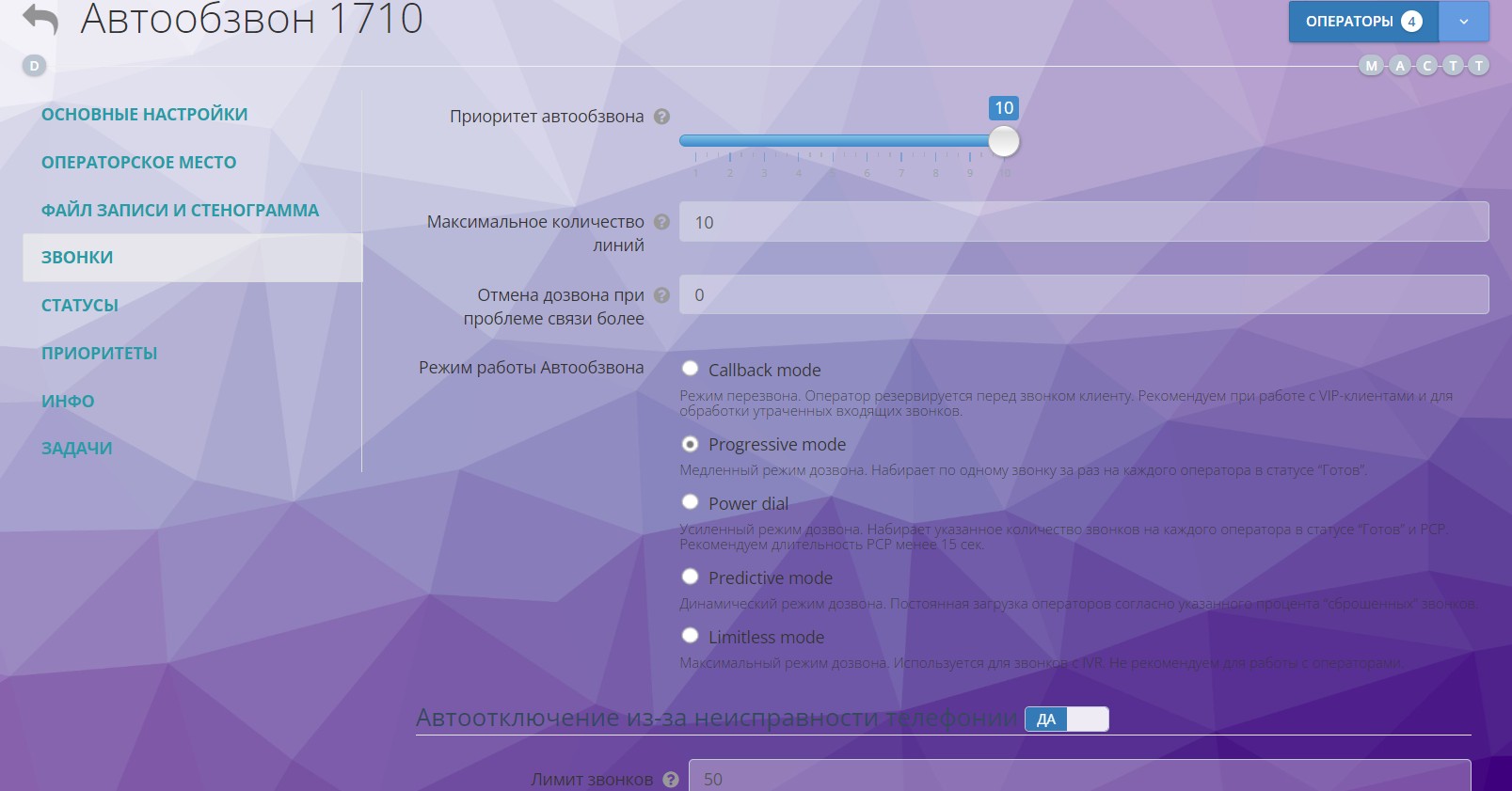
An important aspect of cold selling is analyzing the effectiveness of processes. For this purpose, a data analytics tool is used, which allows you to track all stages of sales, from the first contact to the completion of the transaction. Information about operator actions, call duration, number of missed calls and other parameters is analyzed to determine what needs to be improved, what processes need to be optimized and what problems need to be solved.
As a result, the use of automation and analytics in cold sales allows companies to increase the efficiency of their work, reduce customer service costs and increase profits. The choice of tools and programs for each specific task should be made taking into account the specifics of the business and customer needs, as well as an assessment of the effectiveness of the tools on the market.
Management sales team: means and approaches
Managing a sales team is a key aspect in sales, especially in cold calling. Modern technology and tools available to call centers and contact centers can greatly improve the efficiency of a sales team. Let’s look at some of them.
- CRM systems. One of the main tools for managing a sales team is CRM systems. They allow you to keep track of clients, manage calls and transactions, and analyze team performance. In addition, many CRM systems offer integration with other tools, such as automatic dialing, call recording, etc.
- Call Distribution (ACD) Systems. Call distribution systems are used to automatically distribute incoming calls to free agents. They improve customer service and reduce wait times. Additionally, ACD systems can analyze call data and provide reports on sales team performance.

- Automatic dialer . Automatic dialing is a tool that allows you to automatically dial numbers from your contact list and connect an agent to a customer when they answer. This reduces the time spent searching and dialing numbers and increases team productivity.
- Quality monitoring. Quality monitoring is an important aspect of sales team management. It allows you to monitor agent performance, identify problem areas, and take action to improve service quality. For this, various tools are used, such as call recording, call monitoring, audits, etc. In addition, based on the results of quality monitoring, you can conduct training and training for the sales team.
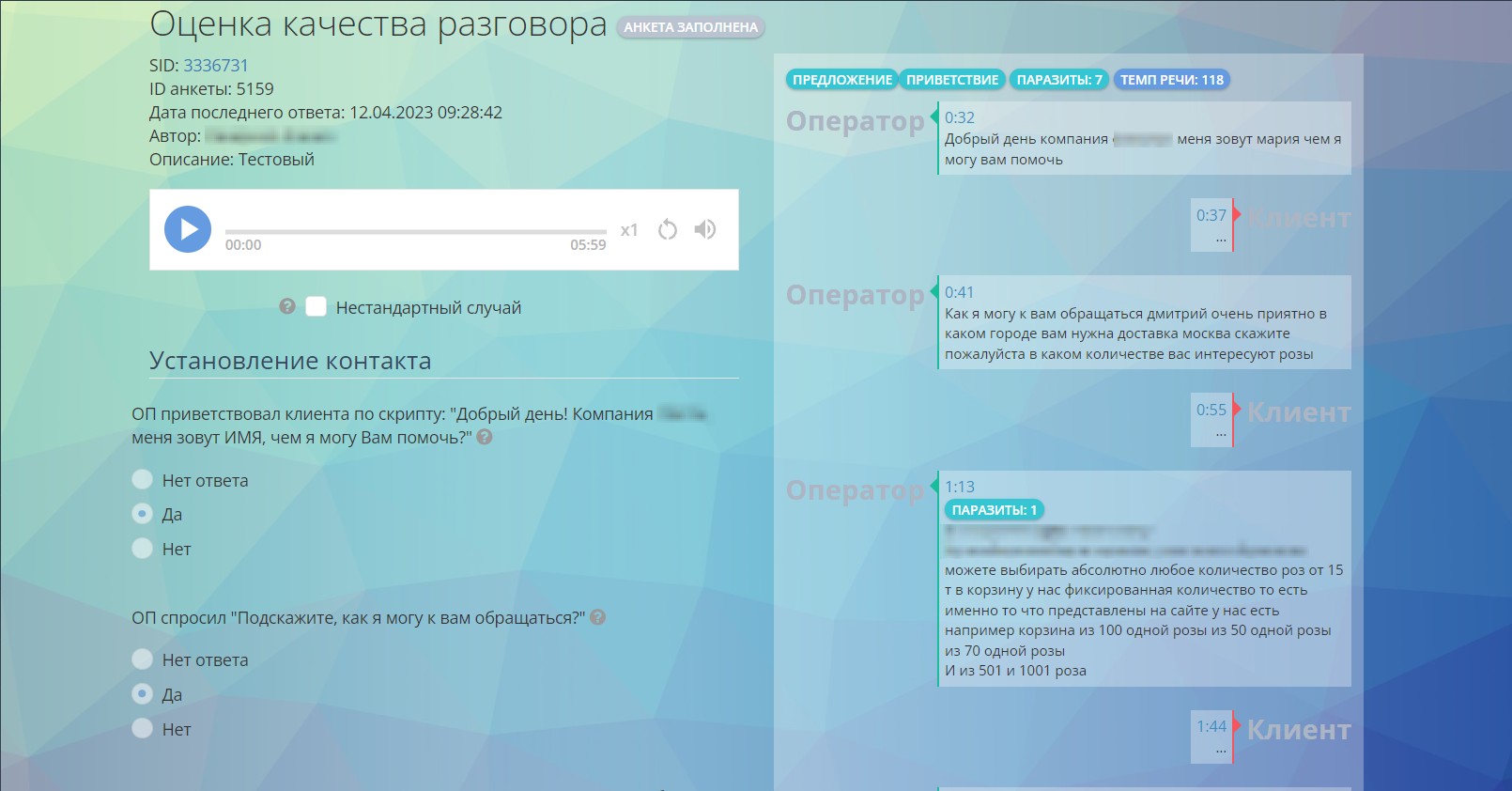
- Training platforms Training new employees and maintaining the knowledge level of the current team is an important aspect of managing a sales team. Learning platforms allow you to create interactive courses and conduct online training. This helps improve the skills of employees and improve team results.
- Analytics and reportingAnalytics and reporting are important aspects of managing a sales team. They allow you to track and analyze team performance, identify problem areas and take action to improve results. For this, various tools are used, such as reports on sales, conversion, number of calls, etc.
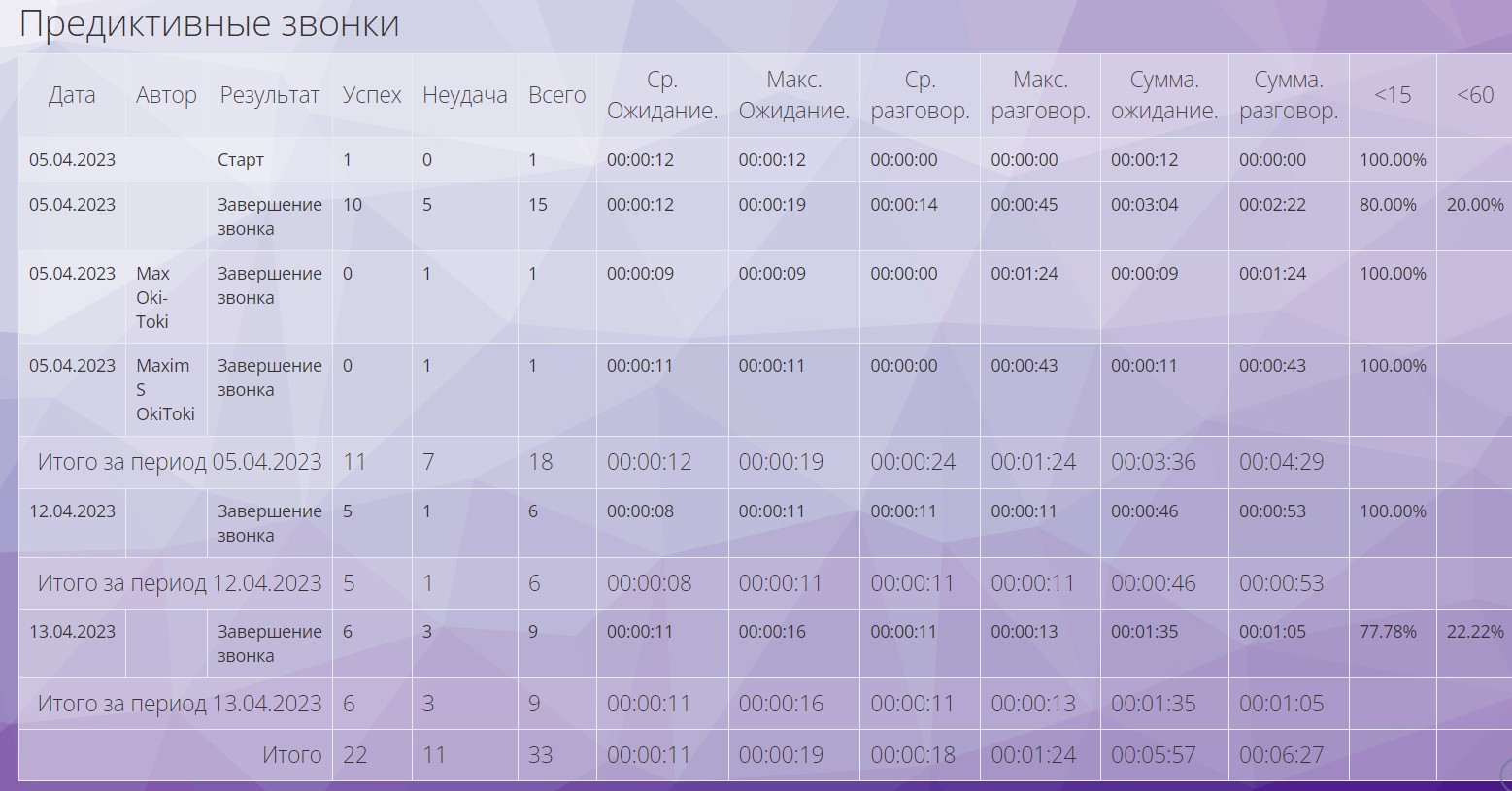
- Communication and Collaboration Communication and collaboration are important aspects of managing a sales team. Various tools are used for this, such as internal chats, video conferencing, file sharing, etc. In addition, it is important to ensure effective interaction between departments to ensure a full cycle of customer service.
- Team motivationTeam motivation is an important aspect of managing a sales team. Many companies use various methods of motivation, such as awards, bonuses, competitions, incentives, etc. In addition, it is important to create a comfortable working atmosphere and provide the team with the necessary tools and resources to complete tasks.
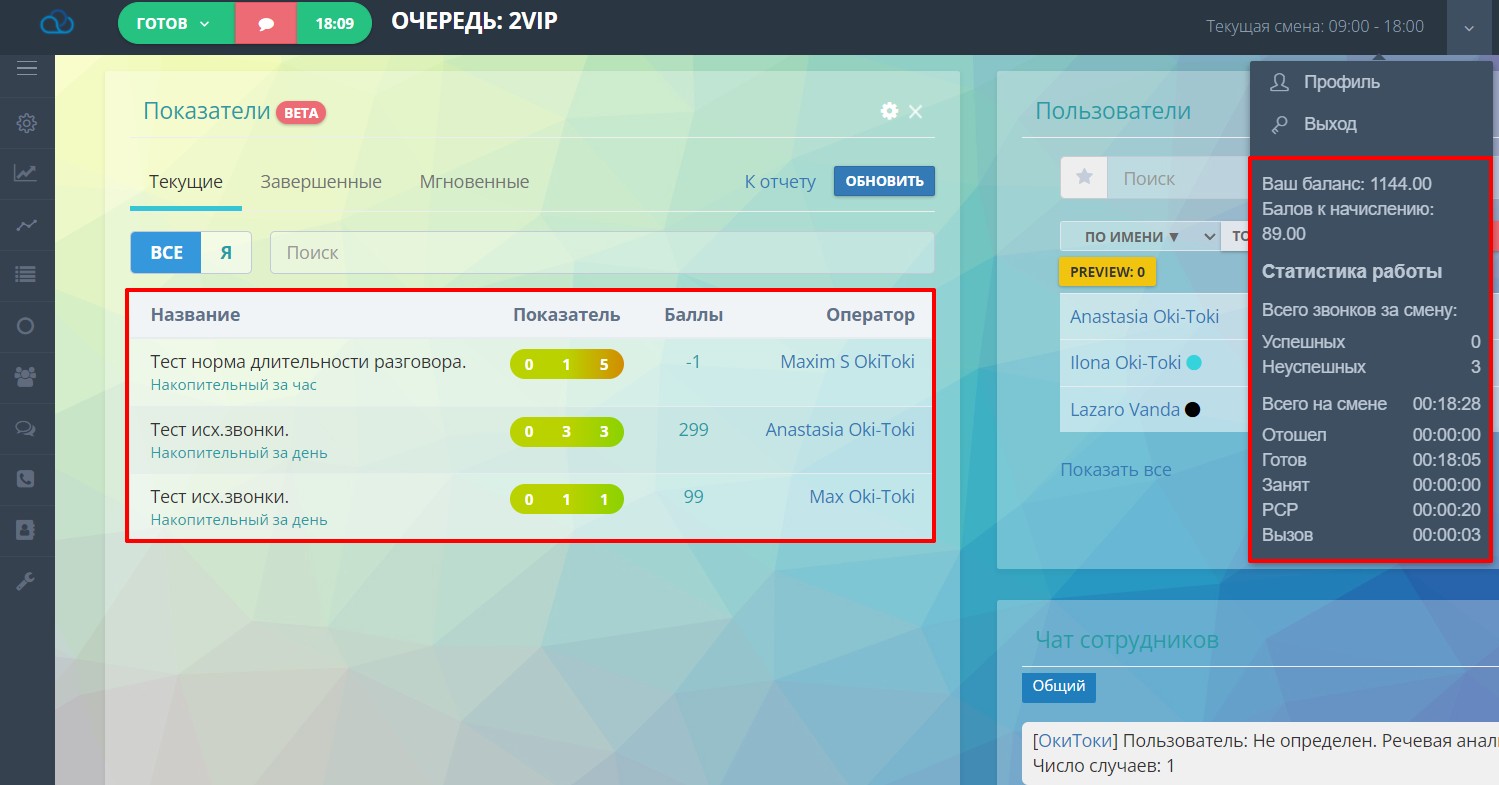
As a result, managing a sales team is a complex process that requires the use of various tools and approaches. A well-tuned sales team can significantly increase the efficiency and effectiveness of the company. Regular training, quality monitoring and analysis of results will help identify problem areas and take action to eliminate them.
Common mistakes and pitfalls in cold selling
Mistakes in preparation and planning
In cold sales, mistakes in preparation and planning can lead to the loss of potential customers and money. However, it is possible to avoid these mistakes if you know what to pay attention to when planning and preparing the cold sales process. In this block, we will look at common mistakes and pitfalls associated with this stage.
- Mistakes when determining the target audience
- Mistakes when determining the target audience
One of the most common mistakes in cold selling is not defining the target audience. Defining your target audience is key when preparing and planning the sales process. Without a properly defined target audience, you are wasting your time and resources reaching the wrong audience. This can lead to a decrease in sales efficiency and a deterioration in your performance.
It is recommended to conduct market research and identify the target audience based on data about their needs, interests and habits . This will help increase the chances of successful sales.- Ineffective use of technology
In cold sales, ineffective use of technology can lead to the loss of potential customers. For example, if you use outdated software, your clients may experience problems when working with you. This can lead to a deterioration in the image of your company.
It is recommended to use modern technologies to automate and optimize sales processes. For example, using the Oki-Toki cloud service will help improve the performance of your call center and increase the efficiency of cold sales.- Insufficient staff training
Another common mistake is insufficient staff training. It is necessary to train personnel involved in cold sales in proper sales techniques and effective communication with customers. Insufficiently trained staff can make mistakes that will lead to the loss of potential clients and reduced effectiveness of cold sales. In addition, insufficiently trained personnel may not know the basic principles and rules in the field of sales, which can lead to the wrong approach to the client and deterioration of the company’s image.
It is recommended to provide regular training to staff so that they are aware of the latest trends and are able to apply modern sales techniques. It’s also worth providing access to training materials and guides to help employees improve their skills.- Inadequate call preparation
Another common mistake when preparing and planning cold sales is insufficient preparation for the call. If you don’t prepare for the call, you risk not only losing the client, but also worsening your relationship with him. It is necessary to have complete information about the potential client, his needs, interests and how you can help him solve his problems.
It is recommended to conduct detailed research before call to get as much information as possible about the potential client. You should also develop an effective sales plan that will help call center employees better prepare for the call.
Errors in preparing and planning cold sales can reduce the effectiveness of your business and lead to the loss of potential customers. However, with the help of proper preparation, staff training, the use of modern technologies and the correct identification of the target audience, you can avoid these mistakes and increase the effectiveness of cold sales.Ineffective methods and approaches
Cold selling is a sales technique in which a salesperson contacts potential customers who have not expressed interest in a product or service. However, with this approach, there may be some errors and pitfalls that may lead to failure. In this block, we will look at common mistakes and ineffective methods in cold selling and share practical tips on how to avoid these problems.
- Mismatch between product and target audience
One of the most common mistakes in cold selling is selling a product that does not meet the needs and interests of the target audience. To avoid this pitfall, it is necessary to conduct research on the target audience and understand what problems the product solves and how it can help the client.
- Incorrect use of scripts
Scripts are an important tool in cold selling, but using them incorrectly can lead to failure. Scripts should be flexible and aimed at solving client problems, not at selling a product. They should not sound mechanical and standardized, but should adapt to the needs of each client.

Dialogue script in Oki-Toki - Insufficient knowledge of the product
It is very important to have complete knowledge about the product you are selling in order to convince talk about its advantages and show how it can solve the client’s problems. Insufficient product knowledge can lead to unreasonable customer expectations and loss of trust in the seller.
- Inappropriate use of technology
Technology is an important tool in cold selling, but its inappropriate use can lead to failure. Using automated voice messages or mass emails can lead to negative customer reactions and loss of trust in the company.

Voice message in the call script - Inability to listen client
One of the most important skills in cold selling is the ability to listen to the client. If the salesperson does not listen to the customer and does not understand his needs and problems, then he will not be able to provide a suitable solution and convince the customer to buy the product. To avoid this mistake, the salesperson must actively listen to the client, ask questions and clarify information to better understand his needs and expectations.
- Ineffective time management
Time is the most valuable resource in cold selling, and its ineffective use can lead to failure. The salesperson must optimize his time to focus on the most promising customers and effectively solve their problems.
- Inadequate response to customer rejection
In cold sales, customer refusals are an inevitable factor, and an inadequate response to them can lead to a loss of trust in the company. A salesperson should accept rejection as part of the selling process and not take it personally. He must understand the reasons for failures and use them to improve his work.
To avoid these mistakes and pitfalls, salespeople should focus on customer needs, use flexible scripts , have thorough knowledge of the product, use technology effectively, actively listen to the client, optimize your time and accept rejection as part of the sales process. It is also important to remember the role of communication and persuasion in sales. Practical advice and real-life cases will help sellers improve their skills and achieve better results in cold selling.Secrets of successful cold selling
Targeting the right audience
For cold selling to be successful, you need to target the right audience. Otherwise, the salesperson may be wasting a lot of time and resources on the wrong audience, resulting in low conversions and lost leads. In this block, we will look at the main secrets of successful cold selling related to targeting the right audience.
Defining the ideal client
The first step in targeting the right audience is identifying your ideal client. Your ideal client is the one who is most likely to become your client. In order to determine your ideal client, you need to answer the following questions:
- What business do you have?
- What product or service do you sell?
- What problems does your product or service solve?
- Who might be interested in solving these problems?
- What characteristics should your client have?
Answers to these questions will help you identify your ideal client and target them in cold sales.
Target audience research
After identifying the ideal client, it is necessary to conduct target audience research. The research will help identify the characteristics of the target audience, its needs and interests. To do this, you can use the following sources of information:
- Analysis of competitors and their clients
- Surveys among current clients
- Using social networks to study the needs of the target audience
Research of the target audience will help more accurately target potential customers and increase the chances of successful cold sales.
Audience segmentation
Audience segmentation is the process of dividing the target audience into groups according to certain characteristics. Segmentation helps you target potential customers more precisely and create personalized offers. For segmentation, you can use the following features:
- Demographic characteristics (age, gender, income, etc.)
- Geographical characteristics (region, city, country, etc.)
- Behavioral signs (frequency of purchases, preferences, interests, etc.)
- Psychographic characteristics (values , beliefs, hobbies, etc.)
Segmentation allows you to create personalized offers for each group, increasing the the highest probability of successful cold sales.
Using the right tools
Successful cold selling requires using the right tools. Call centers and contact centers use various tools to target the right audience such as:
- CRM systems (Customer Relationship Management) – customer relationship management systems that allow you to store and process information about customers.
- Auto dialers – systems that automatically call customers according to the list of numbers, determining the possibility of connecting with the manager.
- IP telephony – voice transmission systems over the Internet that allow you to reduce the cost of calls.
Using the right tools will help optimize the cold sales process and increase conversion.
Quality control
Quality control is an important component of successful cold sales. It allows you to identify problems during their implementation and eliminate them. The following methods can be used for quality control:
- Monitoring conversations between managers and clients
- Analysis of customer reviews
- Analysis of cold calling statistics

Speech analytics Quality control helps improve customer service and increase the likelihood of successful cold sales.
Targeting the right audience is one of the most important secrets of successful cold sales. Defining your ideal customer, target audience research, segmentation, using the right tools and quality control are all important parts of the sales process. Following these secrets will increase the likelihood of successful cold sales and increase conversions. In addition, it is necessary to take into account the individual characteristics of each client and create personalized offers. Optimizing the cold sales process, quality control and continuous improvement through results analysis are the keys to success in this area.Building trust and relationships
In cold sales, where contact -centers and call centers play an important role, building trust and relationships with potential clients can be a decisive factor in successfully completing a transaction. In this block we will look at several secrets that will help build trust and establish effective relationships with clients.
Research your clients
Before you start working with a potential client, you need to conduct research to understand what needs and interests he has. For example, you can use information from past calls to understand what products and services a customer has previously purchased. This will help create a more personalized offer and establish deeper relationships.
Based on data
When working with a potential client, it is necessary to rely on data to form the most effective proposal. Use past sales data to understand which products and services are most popular among your customers, and based on this, offer the customer the most suitable solution.
Build a Relationship
Building trust and relationship with the client is a key factor in successful cold selling. It is necessary to create an atmosphere of trust and understanding so that the client is willing to consider your offer. Establish contact with the client not only to offer him a product or service, but also to communicate and find out his needs and interests.
Show attention
When working with a client, it is necessary to show attention and care for his needs. This will help build trust and increase the likelihood of a successful transaction. For example, you can find out about the problems that a client had when using a competitor’s product or service, and offer him the most suitable solution.
Use technologies
Modern contact centers and call centers widely use various technologies that help to work effectively with clients. For example, automating certain processes can significantly reduce the time it takes to serve customers and improve the quality of service. In addition, the use of CRM systems and other technologies will help to better organize work with clients and respond faster to their requests.
Do not forget about after-sales service
After-sales service is an important component in establishing long-term relationships with customers. Once a customer has purchased a product or service, it is necessary to ensure that he is satisfied with the quality of the services provided. If a customer has problems, it is necessary to quickly respond to them and provide timely assistance.
In summary, building trust and relationships with customers is a key component of successful cold sales sales in contact centers and call centers. To do this, you need to conduct customer research, use data, show attention and care for customers, use modern technology and do not forget about after-sales service. These are practically tips will help you establish effective relationships with clients and increase the likelihood of successful transactions.Effective communication
Effective communication is one of the main success factors in cold sales. In order for sales to be successful, you must not only have a good product or service, but also be able to sell it. Below we will look at several secrets of successful cold selling related to effective communication.
- Preparation for the callBefore the call, you need to prepare for the conversation by studying information about the client and his needs. It is also worth preparing for possible questions and objections.
- Establishing a trusting relationshipIn order for the client to hear you, you must first establish a trusting relationship with him. You should introduce yourself and show interest in his problems.
- Identifying the client’s needs. It is necessary to identify the client’s needs by asking him questions and offer him a solution that will best satisfy his needs.
- Working with objections. When In cold sales, objections often arise from the client. You must be able to work with them, offering alternatives and convincing the client of the correct choice.
- Closing the deal The key point in cold selling is closing the deal. It is necessary to be able to push the client to make a decision and do it in such a way that the client does not feel pressure.
- DocumentationAn important part of cold selling is documentation. It is necessary to enter information about the client, his needs and the result of the call.
- Feedback. Feedback is an equally important factor for success in cold sales. It is necessary to analyze the results of calls, identify errors and improve your skills.
As you can see, effective communication is a key success factor in cold sales. Work with the client must be clear and consistent, establishing a trusting relationship and identifying the client’s needs. It is necessary to be able to professionally work with objections and push the client to make a decision without making him feel pressured. It is also important to document and analyze results to improve your skills and sales effectiveness.
Practical tips for successful cold selling communication:- Prepare for the conversation, study information about the client and his needs
- Introduce yourself and establish trust with the client
- Identify the client’s needs and offer a solution that will satisfy them as much as possible
- Work with objections, offering alternatives and convincing the client of the correct choice
- Convincingly push the client to make a decision
- Keep documentation and analyze results to improve your skills
Example of successful cold sales:
Company X develops software for small businesses. Their product allows you to automate business processes and increase operational efficiency. Company Y is a potential client. When calling, the representative from Company X established trust with the client, asked questions, and identified the needs of Company Y. The representative from Company X proposed a solution that best suited the needs of Company Y, and also persuaded the client to make a decision. As a result, company Y purchased the product from company X and left a positive review of working with them.
In conclusion, effective communication plays an important role in cold selling. Establishing trust with the client, identifying his needs, dealing with objections and convincingly closing the deal are all key to success in cold selling. Maintaining documentation and analyzing results helps improve your skills and increase sales efficiency.Management of objections and refusals
When it comes to cold selling, objection and refusal management plays a critical role in how successfully a deal can be closed. Experienced call centers and contact centers know that managing objections and refusals is an integral part of the sales process that requires attention and skill.
In this block of the article we will talk about the secrets of successful cold sales and how to properly manage objections and refusals. We’ll discuss common strategies and tactics that will help your sales team overcome any obstacles and close more deals.Understanding Objections
The first step in managing objections is understanding what exactly causes objections among your potential clients. This could be anything from the cost of the product to the necessity of the purchase. Use customer feedback to identify the most common objections and prepare for them in advance.
Objection Analysis
Once you have identified the most common objections, the next step is to analyze them. This will help you understand which arguments are most effective in overcoming objections and develop an action plan for each objection.
Resolving objections correctly
When you receive objections, it is important not to overdo it and start arguing with the client. Instead, using proper objection handling is a skill that allows you to turn feedback into a positive sales experience. Try to put yourself in the client’s shoes and offer a solution that will solve their problem.
Focus on the benefits
Instead of focusing on objections, focus on the benefits of your product or service. Provide the customer with additional information about how your product can solve their problem or meet their needs.
Staff training
To successfully manage objections and refusals, your staff must be well trained and have the necessary skills. Train your employees to overcome objections and provide customers with solutions that will help them make purchasing decisions. Train them on practical scenarios and give them feedback so they can improve their skills.
Using CRM systems
CRM systems can greatly facilitate the process of managing objections and refusals. They allow you to track and analyze feedback from customers, as well as store information about previous contacts. This helps you better understand your customers’ needs and provide them with a personalized approach.
Structured approach
A well-structured approach to managing objections and refusals will help you be more organized and efficient. Develop a structured action plan for each objection and train your employees to use it. This will allow your sales team to be more confident and prepared for any situation.
In conclusion, managing objections and refusals is an integral part of the sales process that requires attention and skills. Use these secrets to successful cold selling and train your team to close more deals and increase profits.Following a specific script or plan
Cold selling is the process of selling goods or services that are provided without prior contact with a potential client. Often these sales are carried out through call centers or contact centers. One of the key secrets to successful cold selling is following a specific script or plan. This allows you to reduce sales time and increase conversion.
Use an effective script
A script is a sales plan that is designed to improve the sales process. It can be a general plan or a set of questions to ask a potential client. Use effective script, which will allow the seller to quickly and effectively establish contact with a potential client and sell him his product or service.
Follow the call structure
The call structure is a plan for how you want conduct a call with a potential client. Follow this structure to make the call more effective. Start with a greeting, then move on to introduce yourself and your company. Ask questions to understand the client’s needs. Offer a solution that solves the client’s problem. Close the deal.

Operator conversation questionnaire in Oki-Toki Use slang terms
Slang terms are terms used in call centers to refer to various aspects of the sales process. Use these terms to improve your understanding of the sales process and speed up your communication with your client. For example, “qualification” means determining the client’s needs, “script” means a sales plan, “closing” means completing a deal.
Focus on goals
Focus on the goals that need to be achieved in cold sales. This could be establishing contact with a new client, selling a certain number of goods or services, or achieving a certain revenue. Work actively towards achieving these goals by improving your call script and structure.
It is important to remember that not all customers are interested in purchasing your product or service. You shouldn’t waste time on them, but rather focus on those who can really become your clients. Qualifying a client will help determine how interested he is in your product or service and will save time.Train your salespeople
Training is an important aspect of successful cold selling. Train your salespeople on effective call scripts and structure, give them practical advice, and conduct trainings. As a result, you will get salespeople who are confident and efficient in their work.
Use technology
Modern technologies can significantly simplify the cold sales process. Use a cloud service for call centers and contact centers that allows you to automate many processes, such as dialing numbers, recording conversations, and processing data. This will reduce sales time and increase the efficiency of your team.
Analyze the results
Analysis of results is an important aspect of successful cold sales. Analyze conversion, number of sales, average ticket and other metrics to understand what aspects of your sales process need to be improved. Use the obtained data to optimize the script and call structure.
Output
Following a specific script or plan is a key aspect of successful cold selling. Use an effective call script and structure, focus on goals, train your salespeople, use modern technology and analyze the results. This will increase conversions, speed up the sales process and improve the work of your team.Evaluating performance and improving results
Use of key performance indicators (KPIs)
In call centers and contact centers, the effectiveness of cold sales is a key indicator of successful work. In order to improve sales results, you need to evaluate the effectiveness of your current sales strategy and use key performance indicators (KPIs) to identify areas for improvement.
Evaluating the effectiveness of cold sales
The first step to improving the results of cold sales is evaluation current sales performance. This can be done by analyzing the following indicators:
- Conversion – the percentage of potential customers who agree to purchase after contacting the operator. To calculate conversion, you need to divide the number of customers who agree to purchase by the total number of contacts.
- Average Handle Time (AHT) – the time spent by the operator talking with a potential client. This metric can be used to evaluate operator performance as well as identify areas that can be improved.
- Average Speed of Answer (ASA) – the time it took for the operator to answer the call. The faster the operator answers the call, the greater the chance that the client will remain on the line and agree to the purchase.
- Number of calls per operator – this indicator can be used to determine the workload of operators and the need to add new employees to the call center.

Report for analyzing indicators Use of key performance indicators (KPI)
Once the effectiveness of cold sales has been assessed, the next step is to identify key performance indicators (KPIs). Key performance indicators may vary depending on company and product goals, but some common KPIs include:
- Conversion – as mentioned above, conversion is one of the key performance indicators for cold sales.
- Number of calls per operator – a high number of calls per operator can lead to to a decrease in the quality of customer service and, as a result, a decrease in conversion. The optimal ratio is 2-3 calls per operator.
- Average Talk Time (AHT) – Long conversations may indicate problems with the operator or that customers are not receiving enough information at the beginning of the conversation, which leads to the need to ask additional questions.
- Average response time (ASA) – long waiting times for a response can lead to loss of customer interest, which can affect conversion.
Improving cold sales results
Once key performance indicators have been identified, you can move on to improving cold sales results. Some practical tips for improving cold sales results:
- Operator Training – Operator training can help improve customer service and increase conversions. This could be training in the product, sales techniques, working with objections, etc.
- Call monitoring – call monitoring allows you to identify problematic issues in the work of operators and detect general trends.
- Script optimization – script optimization can help improve sales performance, reduce call time and increase conversions.
- Analysis competitors – competitor analysis can help you understand their sales strategies and find areas to improve your own strategy.
- Hardware setup – hardware setup can help reduce response time and improve call quality.
- Data analysis – Data analysis allows you to identify trends and problems and take appropriate actions to improve sales results.
In conclusion, to improve cold sales results, you need to evaluate the effectiveness of your current sales strategy, identify key performance indicators and use Practical tips to improve your sales results by optimizing your call center operations and increasing conversions. It is also important to constantly analyze data and optimize processes to maintain high cold sales performance.
An example of a successful sales strategy is Zappos, which has been recognized as one of the best companies in the field of customer service. A key performance indicator for Zappos is customer satisfaction. The company trains its operators to deal with customers and focuses on solutions customer problems, which leads to increased levels of customer trust and satisfaction, as well as increased conversion.
Thus, the effectiveness of cold sales can be improved by assessing the current sales strategies, identifying key performance indicators and using practical tips to improve sales results. This will increase conversion and increase customer satisfaction, which are key indicators of successful operation of a call center or contact center.Analysis of results and improving strategies
One of The key task of contact centers is to increase sales through telephone calls, that is, cold sales. In order to sell effectively, it is necessary to regularly evaluate sales performance and improve sales strategies. In this block we will look at the main methods for assessing sales performance and give practical advice on improving cold sales results.
Analysis of cold sales results
The first step in assessing sales effectiveness is analyzing the results of cold calls. It is important to determine which products or services sold most successfully and which sales strategies worked best. To do this, you can use the following metrics:
- Conversion. Conversion is the ratio of the number of calls to the number of sales. The higher the conversion, the more efficient the sales department is.
- Average sales revenue. Average sales revenue is the average income received from one sale. The higher the average sales revenue, the more profitable it is to sell this product or service.
- Call time. Call time is the time spent on each call. It is important to optimize call time so that the seller has time to communicate with the maximum number of potential clients.
- Chimes. Callbacks are the number of calls made by salespeople to customers who were previously unable to complete a purchase. It is important to control the number of callbacks so that it does not exceed a certain level.

Report on the operation of the auto-dialer Improving sales strategies
Assessing sales effectiveness is only the first step. It is important to improve sales strategies based on analysis of results. To do this, you can use the following tips:
Analyze the customer profile. It is important to understand who your target audience is in order to adapt your sales strategy to their needs.- Study products. The more the seller knows about the product, the easier it will be for him to convince the client of its need. Conduct regular training for salespeople on the features and benefits of the product they are expected to sell.
- Use a personalized approach. Try to adapt your sales strategy to each client. Get to know him creativity and show how your product can solve his problems.
- Analyze errors. Analyze your errors and determine what needs to be improved. Draw conclusions from each unsuccessful sale and take measures to avoid similar mistakes in the future.
- Keep abreast of new trends. Contact centers and sales teams must constantly stay on top of new trends in their industry. Learn new technologies and sales methods to optimize your sales strategy.
Now that we have covered the basic evaluation methods sales effectiveness and tips for improving sales strategies, you can use them in your work. Remember that evaluating and improving cold sales results is an ongoing process. Regularly analyze your results, make improvements to your sales strategy, and stay on top of new industry trends to stay competitive.
Training and Skill Development employees
Training and development Employee skills are key to improving cold sales results. To do this, it is necessary to conduct regular employee training aimed at improving the quality of customer service and improving sales processes.
Various methods and technologies can be used to train employees, such as like:- Trainingis training employees in customer service and sales skills.
- Mentoringis individual training of employees in the experience and knowledge of more experienced colleagues.
- Coaching is a joint solving problems and finding new approaches to work.
- Online courses are training using Internet resources.
- Internal resourcesis the use of the company’s internal knowledge base.
- Regular checks is a systematic analysis of employee performance, which allows you to identify problems and evaluate the effectiveness of training.
- Feedbackis a dialogue between employees and management that helps improve the quality of work and learning.
- Using automation tools is the use of specialized software that helps speed up and optimize sales processes.
- The use of realistic casesis training using real-life examples from practice that help employees better understand and apply knowledge and skills in their work.
Practical advice
To effectively evaluate the effectiveness of cold sales and improve results, you must consider the following practical tips:
- Regularly conduct quality checks of employees to identify problems and shortcomings.
- Identify key performance indicators and track their changes.
- Develop a training program that meets the company’s needs and goals.
- Use automation tools to speed up and optimize sales processes.
- Provide your employees with the necessary resources and information to work effectively.
- Encourage your employees and motivate them to achieve results.
Practical example
One of the companies that has successfully improved the results of cold sales is “Oki-Toki”. The company is developing a cloud service for call -centers and contact centers and is actively working to improve the quality of its sales.
For this purpose, “Oki-Toki” conducts regular training for its employees, using various methods such as training, mentoring, coaching and online courses. In addition, the company conducts regular employee performance reviews and uses automation tools to optimize sales processes.
Thanks to this approach, the Oki-Toki company was able to improve the performance indicators of cold sales. For example, sales conversion increased by 25%, and the average check increased by 15%. This was achieved due to the fact that the company’s employees became are better trained and have the necessary knowledge and skills for successful sales.
Also, the Oki-Toki company uses the practice of feedback with employees to help them to grow and develop. Employees receive regular feedback from management, which helps them improve the quality of their work and develop professionally.
In conclusion, evaluating performance and improving cold sales results – it is a key element in the work of call centers, contact centers, sales departments, supervisors and managers. Training and developing employee skills is an integral part of improving performance and sales effectiveness. To do this, it is necessary to use various methods of training and optimization of sales processes, as well as conduct regular checks and use automation tools. In addition, it is important to provide your employees with the necessary resources and information to work effectively, as well as encourage and motivate them to achieve results.Best practices and cases of successful cold sales
Examples of successful campaigns and companies
Best practices and cases of successful cold sales that will help you improve sales efficiency in your call center or contact center.
Purposefulness
Before starting a cold campaign, you need to determine the goal you want to achieve. For example, this could be increasing sales, attracting new customers or increasing brand awareness. When the goal is determined, it is necessary to develop an action plan and use tools that will help achieve this goal.
Example: AlfaCall24 wanted to attract new customers for its online service -courses. They developed a cold campaign using a special program that helped find potential clients among social network users. AlfaCall24 also provided a discount on its courses to the first 100 clients who left their contact phone number. As a result, AlfaCall24 attracted more than 200 new clients and increased sales of its courses by 30%.Campaign preparation
Before launching a cold campaign, it is necessary to conduct market and audience research in order to understand who needs what products or services. It is also necessary to prepare a list of potential customers who may be interested in your products or services.
Example: The Brod-ART company conducted market research and found out that many small businesses need services to create and promote their website on the Internet. The Brod-ART company developed a cold campaign in which it provided small businesses with free consultation on creating a website. Brod-ART also used a program that helped find potential networks and forums where issues related to website creation are discussed. As a result, company B attracted many new clients and increased sales of its services by 50%.Client approach
When communicating with potential clients, it is necessary to use effective methods of persuasion and persuasive communication. It is necessary to competently present a product or service, emphasize its advantages, and also understand the needs and requests of the client.
Example: Call27 company offering services by word of install and servicing climate systems, used negotiation techniques aimed at creating trust and convincing the client of the need to purchase their services. Call27 company trained its sales managers to understand the client’s needs, listen to their problems, and offer the best solutions. As a result, Call27 was able to increase sales by 40%.Optimization of processes
To increase the efficiency of cold sales, it is necessary to constantly optimize processes, improve the quality of customer service, and use new technologies.
Example: Denuvo used specialized software that allowed it to automatically dial the phone numbers of potential customers and establish contact with them. This allowed us to reduce the time spent searching for clients and increase the number of calls per day by 50%. Denuvo also provided training to sales managers, which helped them become more professional and effective in their work. As a result, Denuvo was able to increase sales volume by 60%.
In conclusion, successful cold sales are the result of the right approach to the client, process optimization, the use of new technologies and constant work to improve the quality of service. Using our examples and tips, you can create an effective cold campaign that will attract new customers and increase sales for your business.Lessons that can be learned from successful cases
No successful experience can be useful without its correct interpretation and application in practice. Here are some practical tips to help you learn from successful cases and apply them to your company:
- Analyze your results and find out where the problems are. Use data to make decisions about what needs to be improved or changed.
- Train your employees in effective sales techniques and objection handling. Give them the tools they need to make successful cold calls.
- Use modern technology and automation to improve processes and optimize employee performance. For example, automatic call routing can speed up call processing and improve customer service.
- Constantly test new strategies and methods and measure their effectiveness. This is the only way to identify the most effective strategies and methods that will lead to increased sales.
- Don’t forget about a personalized approach and knowing your ideal client. This will help you create more effective sales strategies and methods.
In general, successful cold selling cases and practices can become an important resource for call centers, contact centers, sales teams, supervisors and executives. Use these examples to identify best practices and strategies that can lead to your company’s success. Remember that the key factors for success are goal setting, personalized approach, effective sales techniques, use of modern technology and constant testing and improvement.
Results and prospects for the development of cold sales
Cold selling is an important component of business, especially for call centers and contact centers. However, in recent years they have become more complex and the effectiveness of their use has decreased. In this block we will look at the results of last year and the prospects for the development of cold sales.
Results of the development of cold sales for the past year:
- Reducing the effectiveness of cold sales
Cold sales have become less effective due to changing consumer behavior. Most consumers receive mass calls that they find annoying, so they are unwilling to listen to their suggestions. Moreover, many of them install call blockers, which increases the chances of a call being unsuccessful.
- Low sales
Reduced efficiency of cold sales led to a decline in sales. This means that call centers and contact centers are faced with low returns on investment, which hurts their business performance.
- High costs for cold sales
Cold sales require a lot of time and resources. Due to the low return on investment, cold selling costs have become too high, making them unattractive for companies.
Prospects for the development of cold selling :
- Using AI
Using AI can help improve cold selling efficiency. AI can improve call quality and also help identify the right audience for a product or service. The use of AI also allows you to reduce cold sales costs.
- Personalized approach
A personalized approach can increase the effectiveness of cold sales. When a customer receives personalized messages, they are more likely to respond. This can be done using information about the client, his preferences and interests. This approach can increase the likelihood that a customer will be interested in a product or service.
- Increasing interaction on other channels
Call centers and contact centers can use other communication channels to increase interaction with clients, including email, SMS messages, social networks and instant messengers. This allows you to reduce the load on calls and increase the likelihood of a response from customers.
- Data analysis and process optimization
Data analysis can help determine which types of cold sales are most effective and which need to be optimized . For example, you can analyze which offers are most attractive to customers and how they interact with contact center agents. This will optimize processes and increase the efficiency of cold selling.
In conclusion, cold selling is an important part of business, but to achieve success it is necessary to use innovative approaches. Leveraging AI, a personalized approach, increased engagement across other channels, and data analytics and process optimization can help increase cold selling efficiency and achieve better business results.

